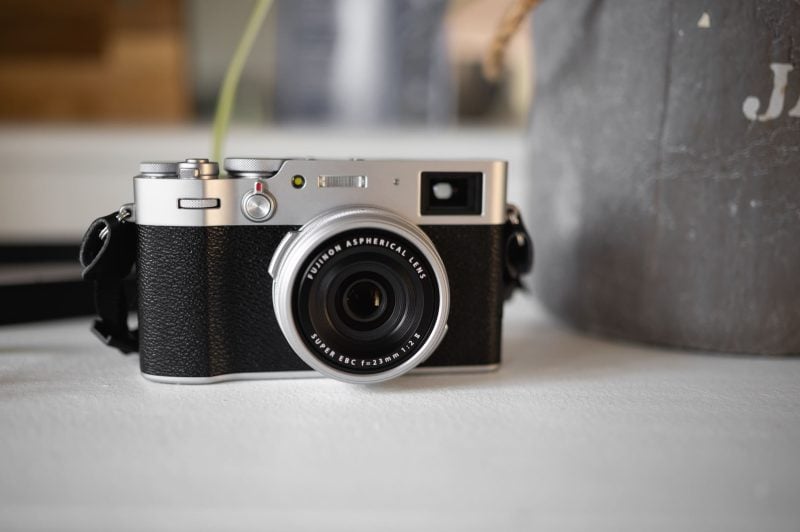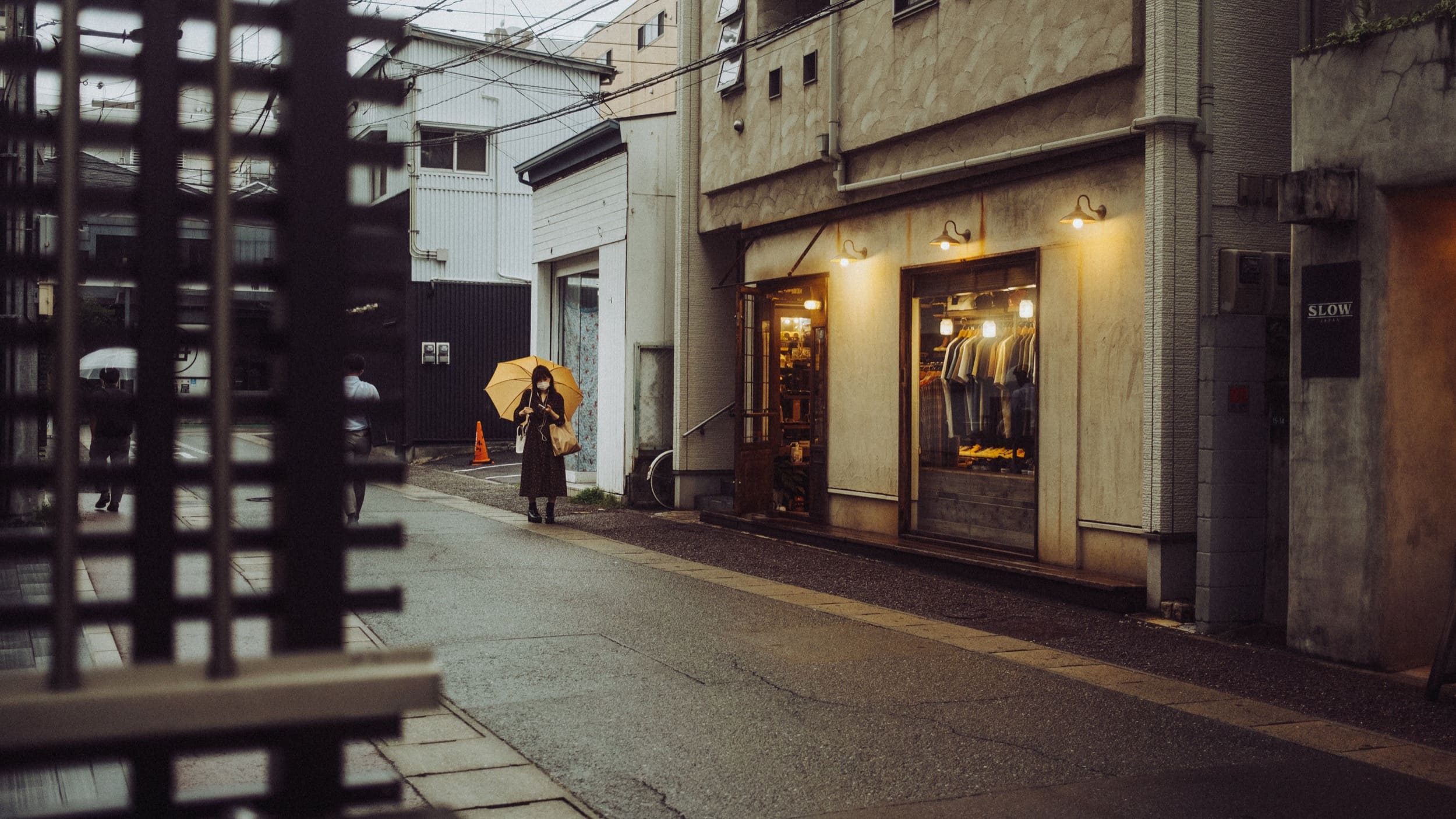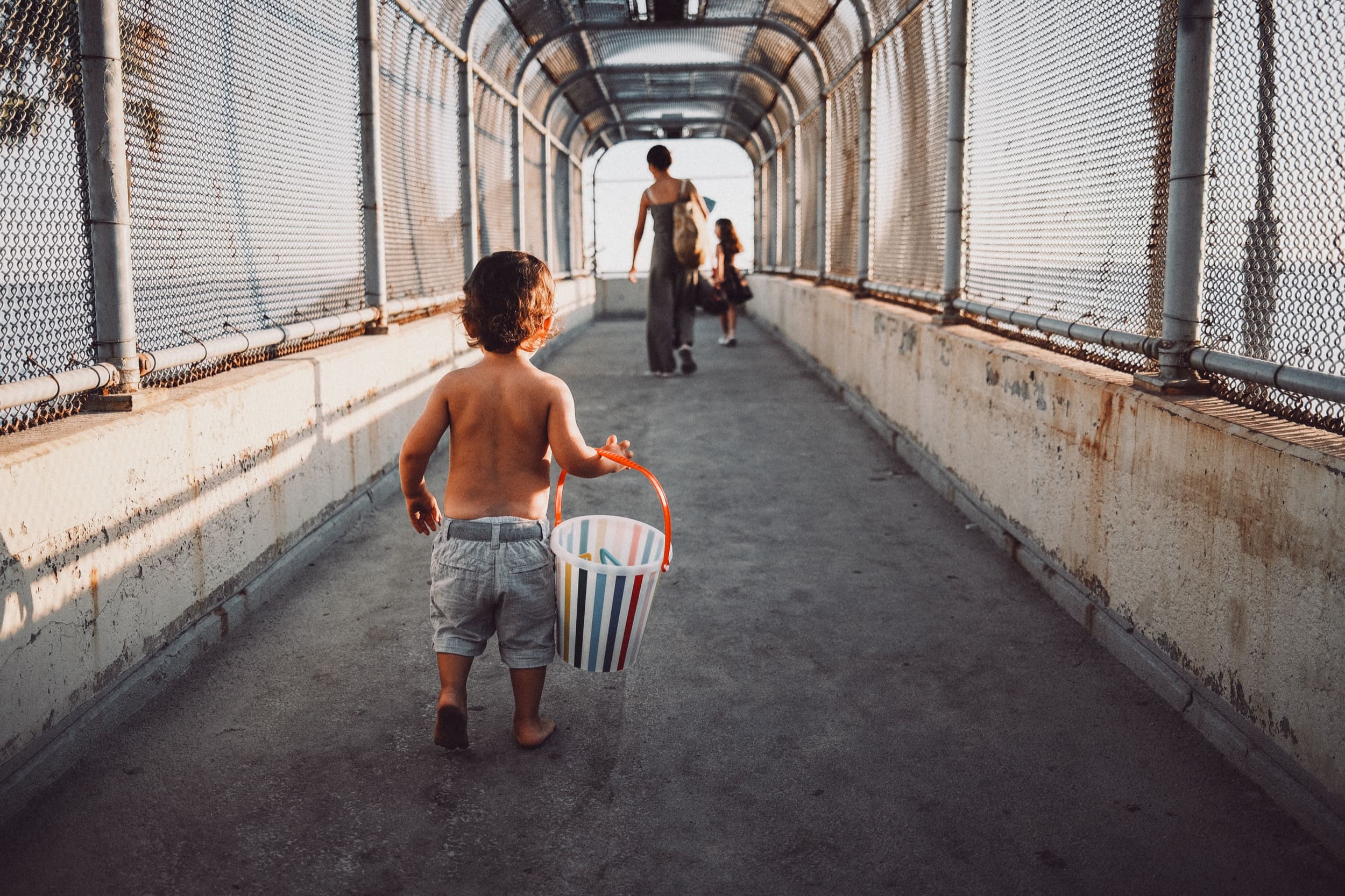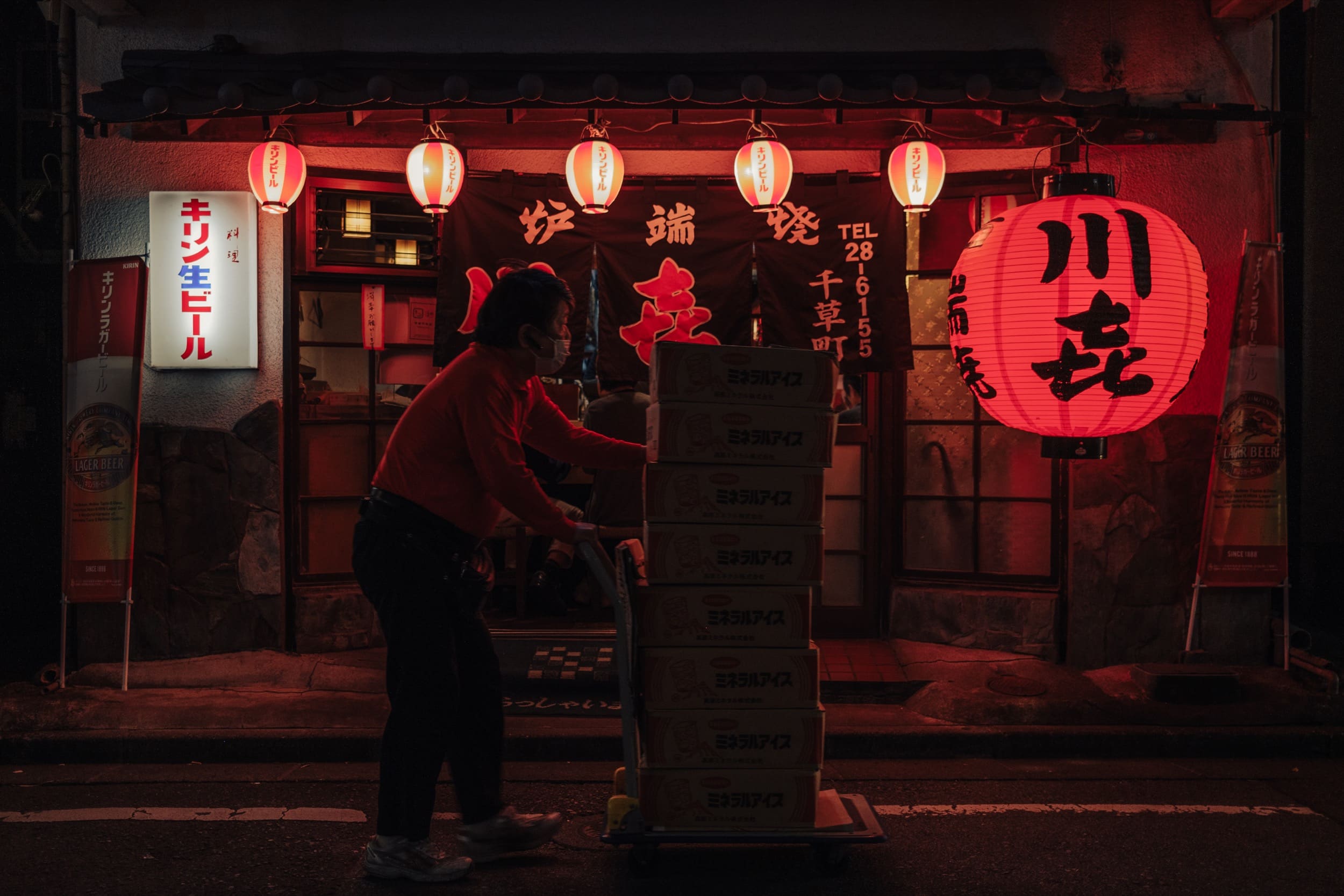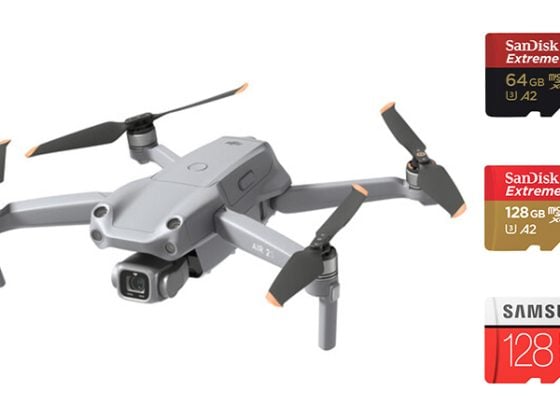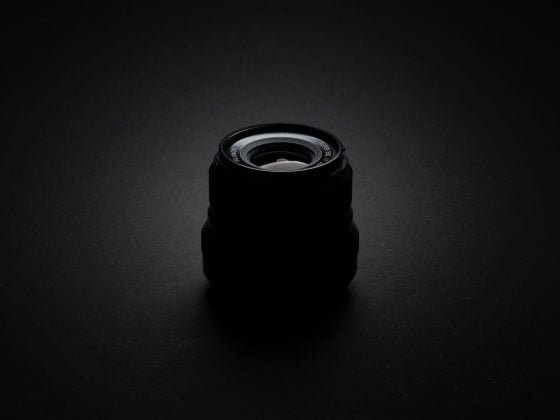The Fujifilm X100V is the latest of the X100 series and we’ve seen some big changes and modifications to the overall package. An upgraded lens, a new sensor, a new button layout, a new look, and upgraded software tools, all together help this camera stand apart from the previous models.
This is by far the most unique update to date, but is it worth it?
Table Of Contents
Fujifilm X100V Review
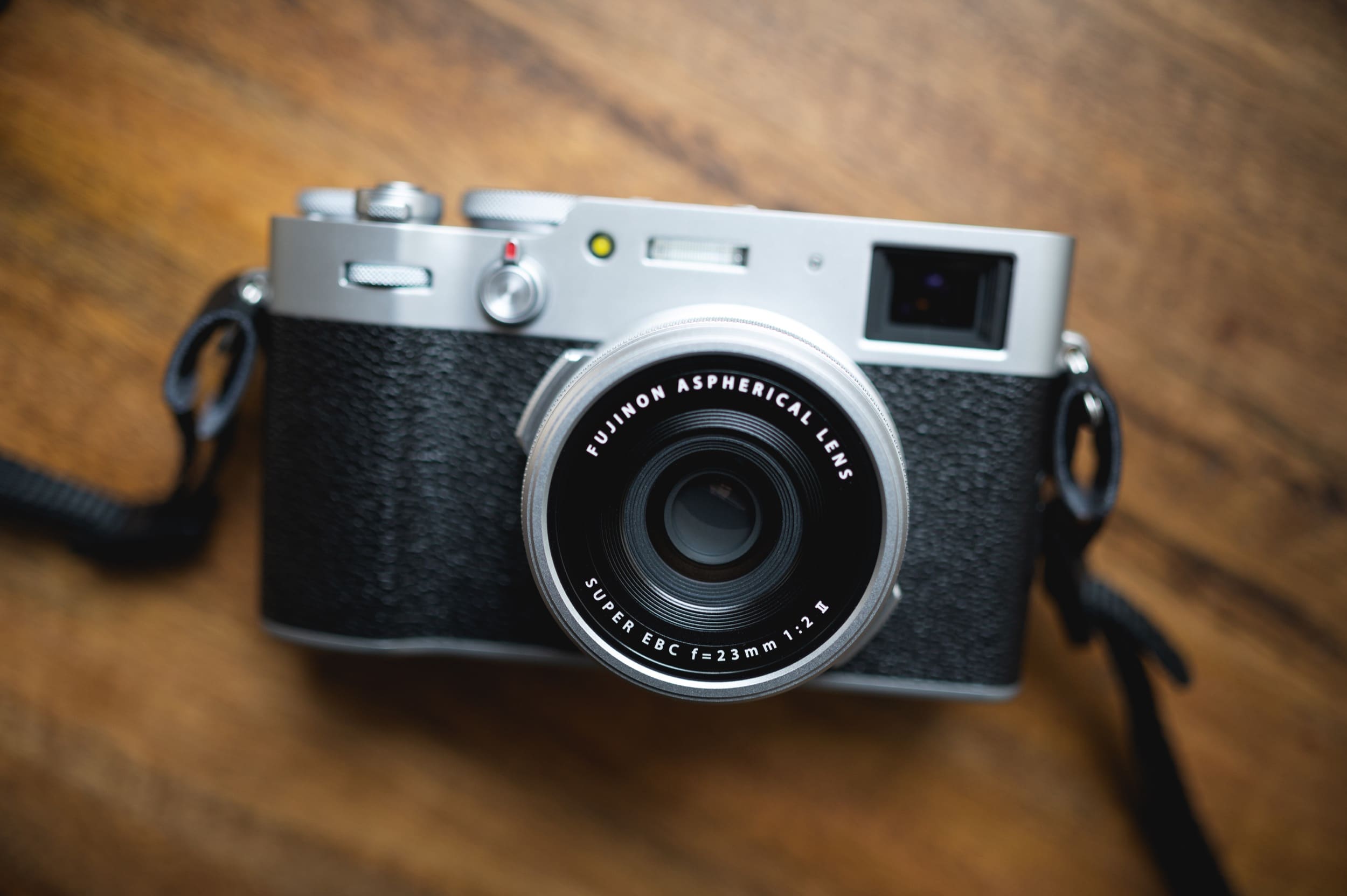
I’m using a mix of out-of-camera JPG and RAW files for this review. The strength of the X100V is how good images look without any processing at all, or by just using the built-in camera looks.
I’ve seen a lot of reviews of this camera now by many of the big channels and websites and I wanted to touch on several things that the camera does well that are usually missed by inexperienced X100 users. So instead of just going through and doing a normal review of this camera, I’ll try to highlight some unique experiences I have had with the camera and some strengths and weaknesses that aren’t usually covered.
Fujifilm X100V – Amazon / Adorama / B&H
Fujifilm X100V Memory Card Recommendations
Fujifilm X100V My Favorite Accessories
Camera Specs
| Camera Features | Fuji X100V |
| Sensor | 26.1 MP X-Trans CMOS 4 BSI |
| Lens | 23mm f2, 2 Aspherical |
| AF | 425-Point Hybrid AF |
| Optical ViewFinder | 0.52x Mag |
| EVF | 0.5″ 3.69m-Dot OLED |
| Display | 3.0″ 1.62m-Dot Tilting |
| Video | 4k 30p, 1080p120 – 10m limit 4k |
| Connectivity | USB 3.1 Type-C |
| Wireless | Wifi + Bluetooth |
| Battery Life | 350/420 Frames |
| Weather-Sealed | Yes, with a lens UV filter adapter |
| ND Filter | 4-stops |
| New Software Features | |
| AF Range Limiter | Allows you to custom-set AF distance restrictions |
| Classic Neg Film Sim | New film simulator |
| Color Chrome | Gives the colors a bit more punch |
| Color Chrome FX Blue | Enhances the blues with more punch |
| Clarity | Minus Clarity for a soft filter effect, Plus clarity for a punchier look. |
| Grain | Strong, Weak, Small or Large |
| D Range Priority | HDR-like effect |
| WB Shift In Custom Profiles | White Balance Shift is preserved in custom profiles |
The X100V took a huge leap forward in what the camera has to offer. To get a general idea of all the little details that are different, check out this x100f vs x100v comparison.
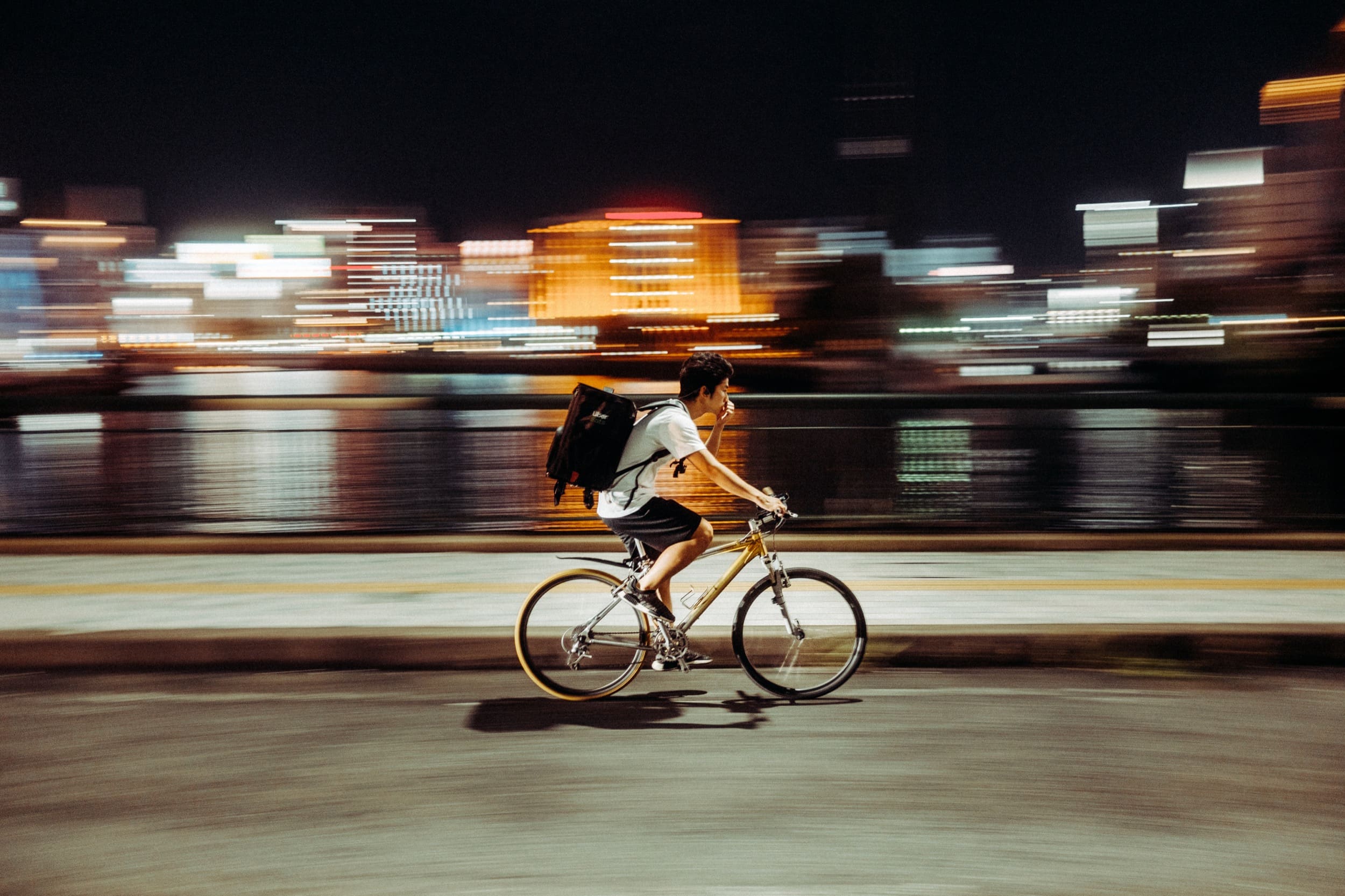
This new updated camera body is insanely capable and offers so much for general photographers looking to break free from the creative limitations that come from smartphones or even other compacts.
We will touch on some of these new features, but first, let’s look at some of the great things and not-so-great things about this camera. I’ll start with the not-so-great things.
Of course, these “not-so-great things” are based on my current perspective. What I was expecting from this camera and how the camera compares to other cameras. There is no other camera like the X100V so these limitations are likely engineering constraints based on the current state of technology. This is a great camera and I love it, but I will do my best to manage your expectations, there are a few things you need to know especially if you’re coming from an A7III or X-T3 or one of the newer models mirrorless or DSLR cameras.
The Not-So-Great Things
Some Lens Imperfections
The new lens has some changes to the image quality. It’s overall a nice upgrade from the older X100f lens but still has a few little funky characteristics like onion ring bokeh. I don’t remember the X100F having this bad of onion ringing. Overall, I’m noticing that Bokeh with the X100V looks worse than the older lens on the older bodies.
Here is an example of how the bokeh can look a bit busy and smeary. I’ll explain a little bit later why Fujifilm made this compromise, and it’s worth it in my opinion.
Bokeh Sample
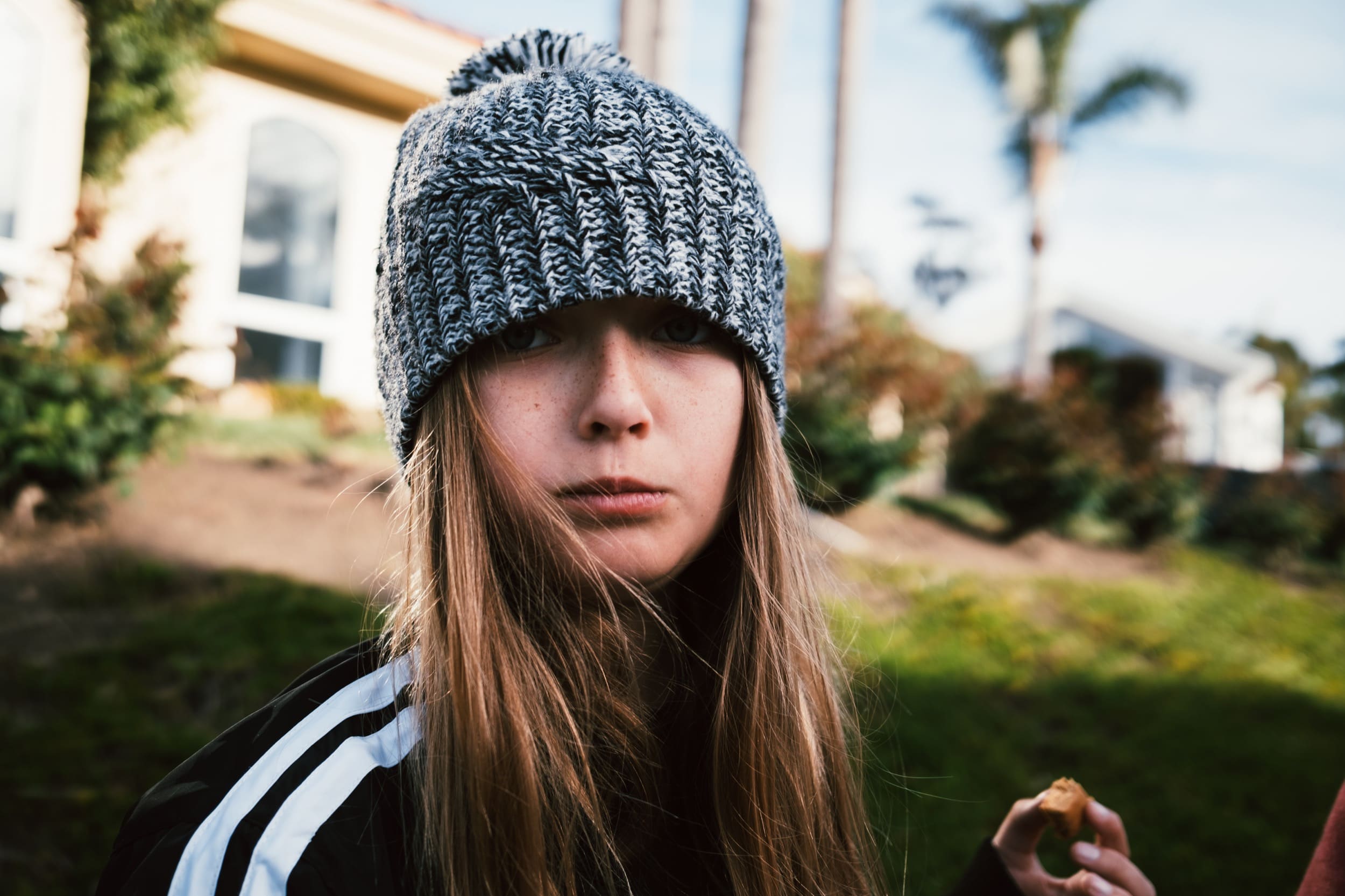
The lens Is Still Loud
The new lens is loud, chung . . . chung . . . chung . . . and doesn’t feel like lens AF is any faster.
Autofocus Still Has Room For Improvement
The camera Autofocus does not feel much faster than the X100F. AF-C performance is just not there, and I get a ton of misses. You pretty much need to live in AF-S.
Shooting in the AF-C mode, with my kids produces at least a 20% miss rate when eye and face tracking is used. You need to set your AF Range Limiters to guide the lens so it’s not constantly searching and back-focusing.
I’m going to elaborate on this so there is no misunderstanding.
The camera can still acquire focus very fast. It’s very responsive even in low light because of the improved software and processor.
Eye AF is pretty good and it tracks and keeps track of objects pretty good even in low light when looking at the rear LCD screen.
However. . .
Autofocus requires two things, camera performance, and lens performance. You can have the best autofocus in the world but you’re still limited by the lens speed. A slow lens on a fast camera is like putting tiny little wheels on a 600hp car.
So if you’ve watched YouTubers filming the back of their screen showing the autofocus being all quick and responsive, this is sort of misleading. I see these kinds of videos a lot and you should be careful about judging cameras’ autofocus based on what you see from looking at the back of a screen. Just because a camera has a fast refresh rate when drawing boxes on a rear LCD screen does not make it automatically good at autofocusing.
The X100V camera software is very good at tracking and seeing objects and defining what it should focus on, but the lens has slow reflexes and can’t keep up with what the camera sees. This results in quite a few missed shots especially if you are shooting with kids, and especially at close distances which challenges autofocus.
You will get better faster acquisition in low light which is an important upgrade over the X100F, but the lens still performs very similar to the X100F, so you still need to be slow and deliberate with the way you shoot. This isn’t necessarily a bad thing.
If you want a faster more responsive camera this is not a significant upgrade to the X100F when it comes to autofocus, but it is more intelligent in low light.
This is not a criticism of the camera either. Because honestly, what other compact APS-C camera does it better? I’m just bringing this up because a lot of people, like myself, were thinking that this new lens would mean faster AF. Like the X-T3 with the XF23mm f2, but it gets nowhere near that level of performance. I would say it’s probably slower than any of the XF f1.4 lenses paired with an X-T3 even though the camera has a much more significant boost to AF acquisition.
Again, it’s still very capable and you can still get amazing results with it. I’m just saying this to manage expectations especially if you’re coming from a Nikon Z6, A7III, or something similar.
The good news is, that there is a new feature called AF Range Limiter that can make all the difference, as this will allow you to program in a custom range of where you want the AF to look. You can see how the AF Range Limiter works in the x100v here.
The Camera Gets Hot
This is kind of a dump point to make, but for whatever reason, nerds care about what temperature cameras run at, so I’m letting you know that this does get warm. Because of this, there are limitations to recording video at 4k and 1080p. 4k has a 10-minute limit and 1080p has a 15-minute limit.
They may have lost some internal camera space for heat management because of that new screen. But this heat issue isn’t really a problem for anything other than video. I’ve never had the overheating warning or anything.
LCD Screen Is Hard To Open
If you have big fingers, the LCD screen is a little hard to get open. This is sort of a silly complaint but I think it’s valid.
There is only one little spot on the bottom left of the screen that allows you to flip it up. If you have big fingers, with clipped fingernails, good luck. I have a hard time with it.
Of course, this is a fairly superficial complaint.
Buttons & Wheels Are Stiff At First
When you first get the camera, the buttons and wheels will be a little stiff, but they do loosen up over time.
The Great Things
The new sensor
The new sensor is a decent upgrade, but not really a game-changer. I shoot a lot back and forth between my X-Pro2, X-T2, and X-T3 and I do notice a general improvement with the 26MP X-T3 sensor. There is just slightly less noise in the shadows even at low ISO values, like 400-800. Not a huge difference, but there is some.
IQ Of The Lens Is Better
The new lens is significantly sharper at close distances. However, it does now have some of that signature Fujifilm onion ring bokeh, likely from the way Fujifilm does its aspherical elements, and this new lens now has two of them.
If you shoot a lot of close-up stuff with kids at f2, this new lens is kind of game-changing since it now holds its sharpness at f2 at close distances. Before with the older models, you would need to back away at least 4-5 feet (1.2 – 1.5m) to get good results at f2 and you pretty much had to stop down to f4 for close focus.
Again the new lens also has a new look to the bokeh. The images look foreign to me and it’s not the X100 look we’re all used to, it’s a new look. Images feel a little punchier but the bokeh is a little strange at times.
The New JPG tools
There are some massive improvements to the software of the camera including new JPG tools.
The Color Chrome Effect, Color Chrome Blue FX, Clarity, Grain, and Classic Neg are just a ton of fun. You even have Eterna which is also a very cool look.
Also, if you’re setting custom profiles, it does retain a custom WB shift in each profile.
I always have had problems with the Fujifilm JPGs eating fine details, especially when shooting high ISO values. Throwing on a +1 grain really helps hide this. With clarity, grain, and all the new film simulators, you can really get a better JPG experience.
I’m still shooting RAW and then converting it to JPG manually in-camera. But to me, the JPGs are the unique character of this camera and I will be processing a lot more of my shots to JPG before tuning in LR because the in-camera tools are so good and the film simulations look so great.
I put together a full comparison of before and after images with a slider of all the new JPG effects. See that here Fujifilm JPG Effects Before And After


USB-C connectivity
Finally, I can slowly start getting rid of my old cables.
New Close Focus Capabilities
The updated lens adds some significant improvements to the close-focus capabilities of the camera. With the previous lens, you would have to shoot f4 if you were anything closer than about 4-5 feet. Now, I’m getting pretty sharp images even at f2. With 35mm equivalent lenses, this is actually a pretty significant improvement. Especially if you like shooting full headshots. You can now do so at f2 without a significant loss in sharpness.
There is no longer a macro setting either and now Fujifilm has introduced a focus range limiter as mentioned earlier.
These are all Astia, Color Chrome Strong with some Clarity.
This is the most game-changing feature of the camera.
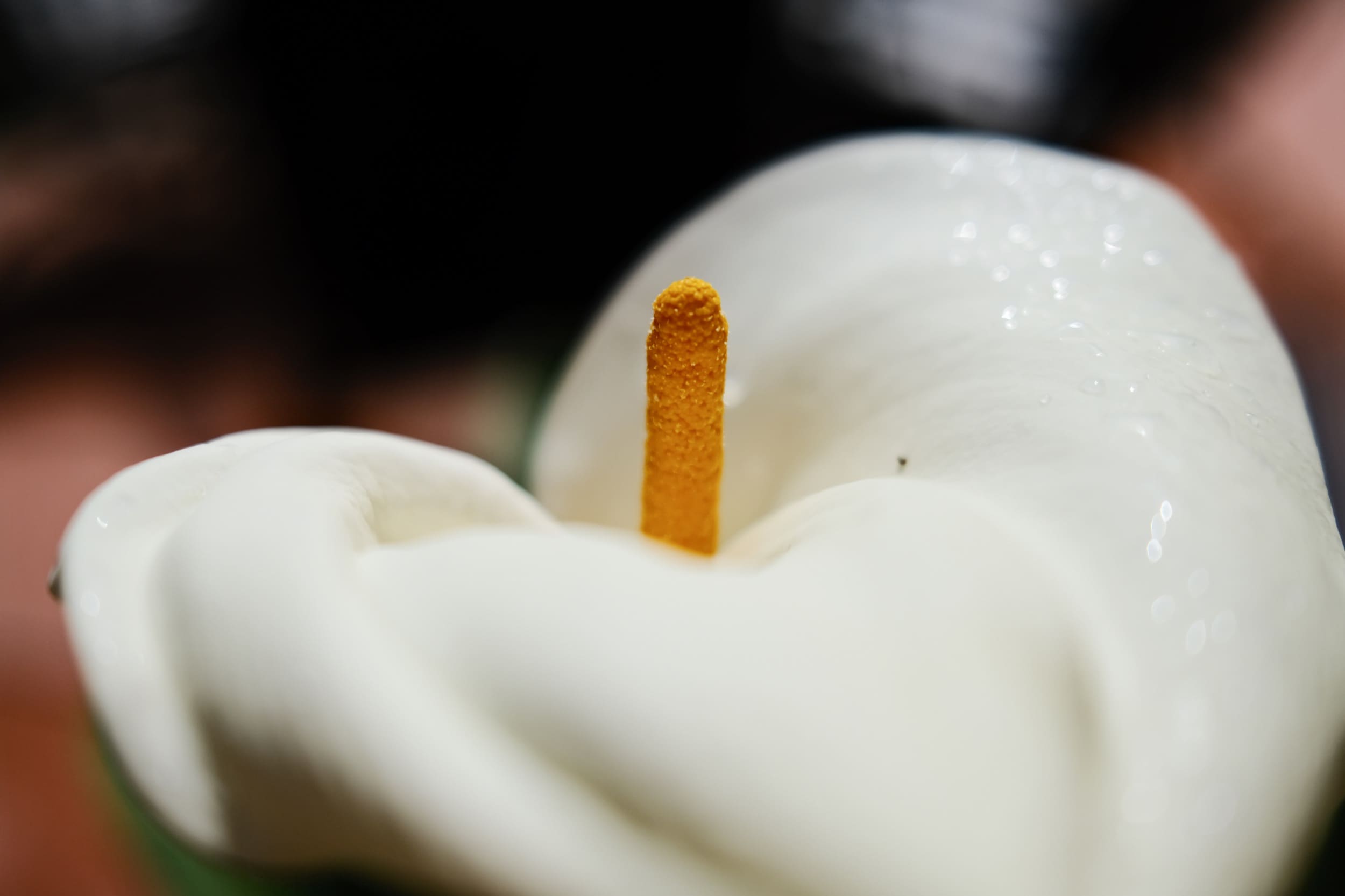
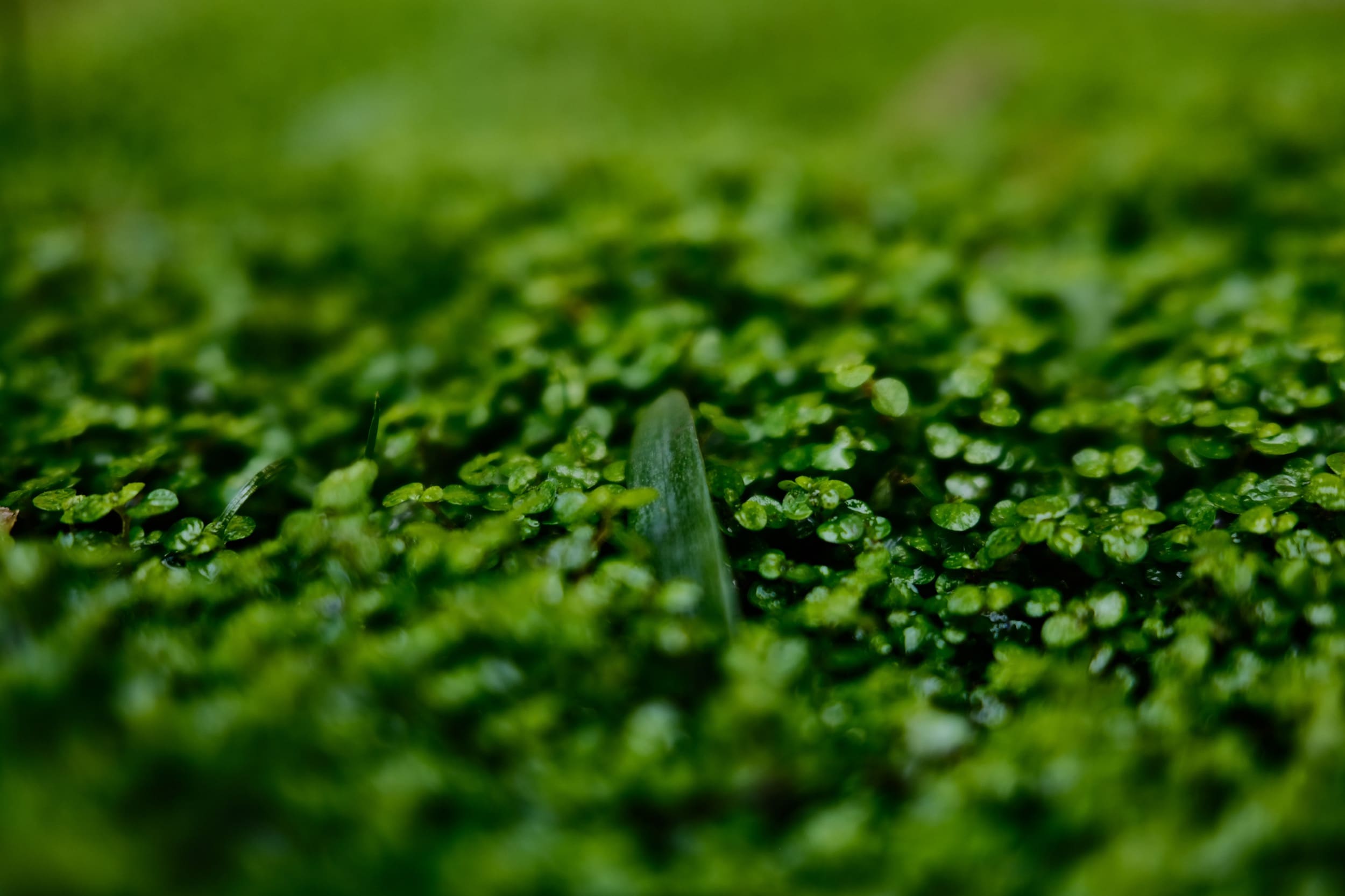

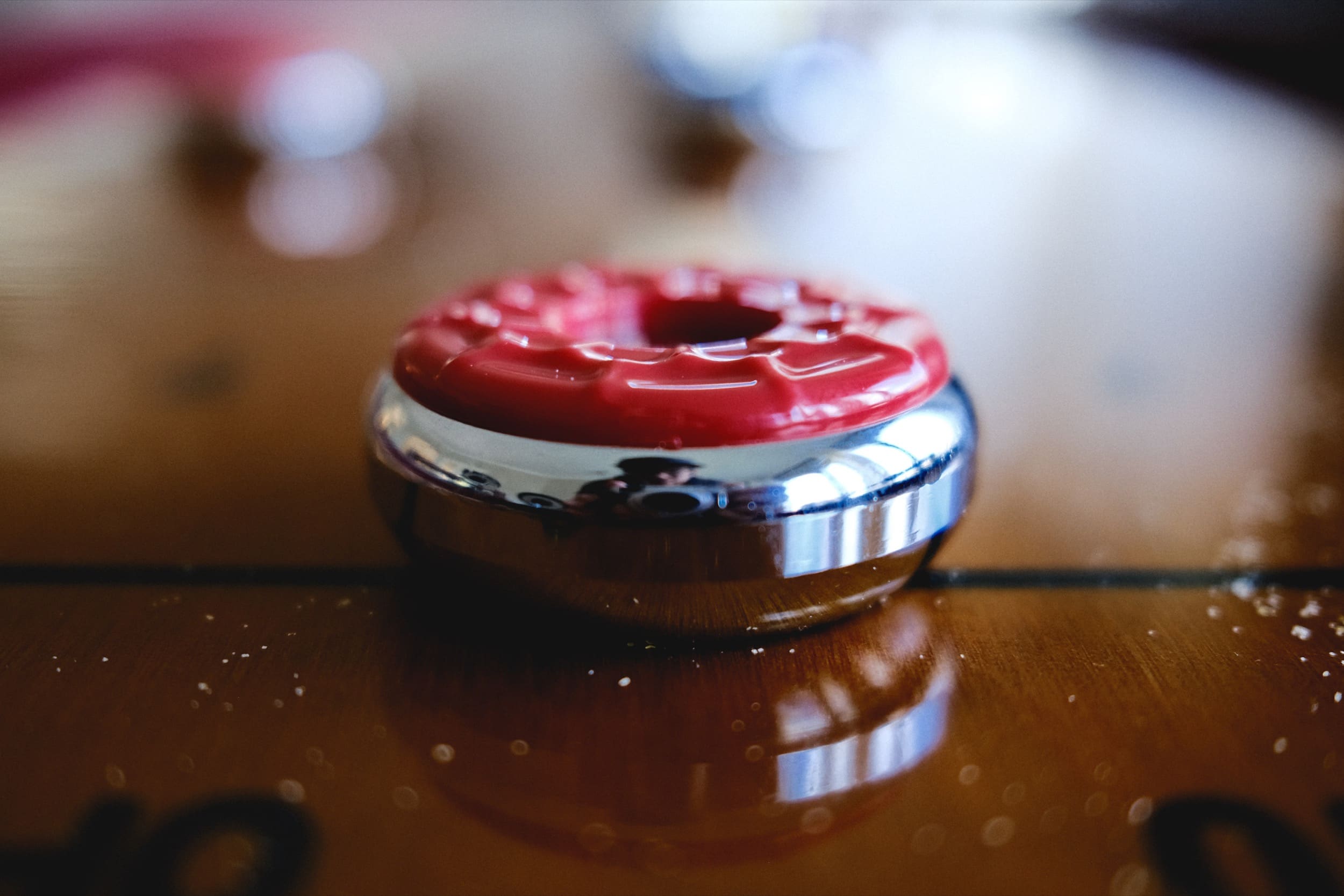
Big Updates Body & Build
Weather Sealing
The new body of the Fuji X100V is weather-sealed if you use the UV filter adapter. You can order the version Fujifilm offers for around $45 dollars or you can order the one made by JJC for around $12. They both will get the job done, but you will need to use a UV filter to get the actual weather sealing.
With this new weather sealing, I’m way more comfortable bringing my camera to the beach or out in the rain.
Everyone was asking for a weather-sealed X100 and Fujifilm delivered.
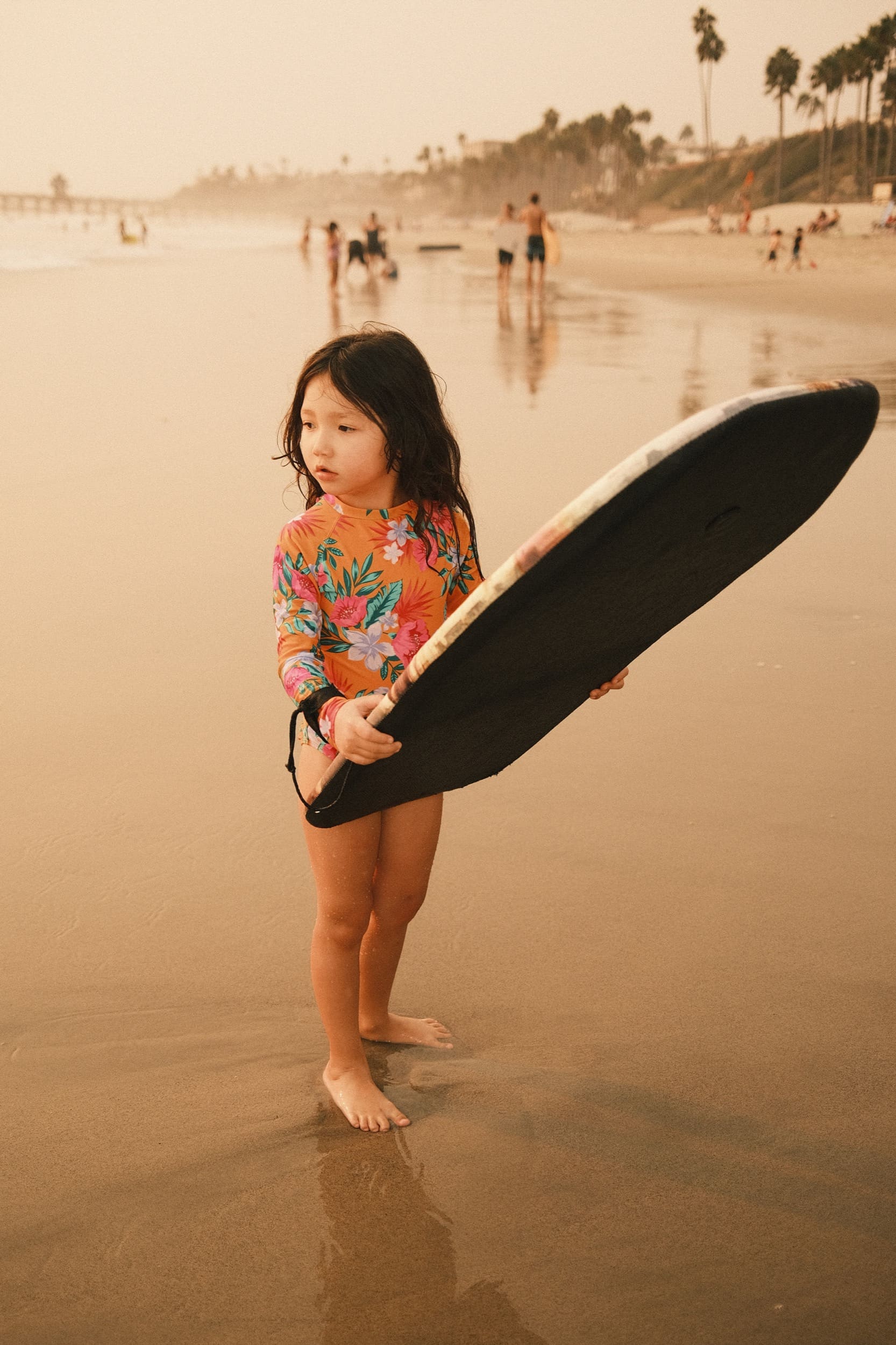
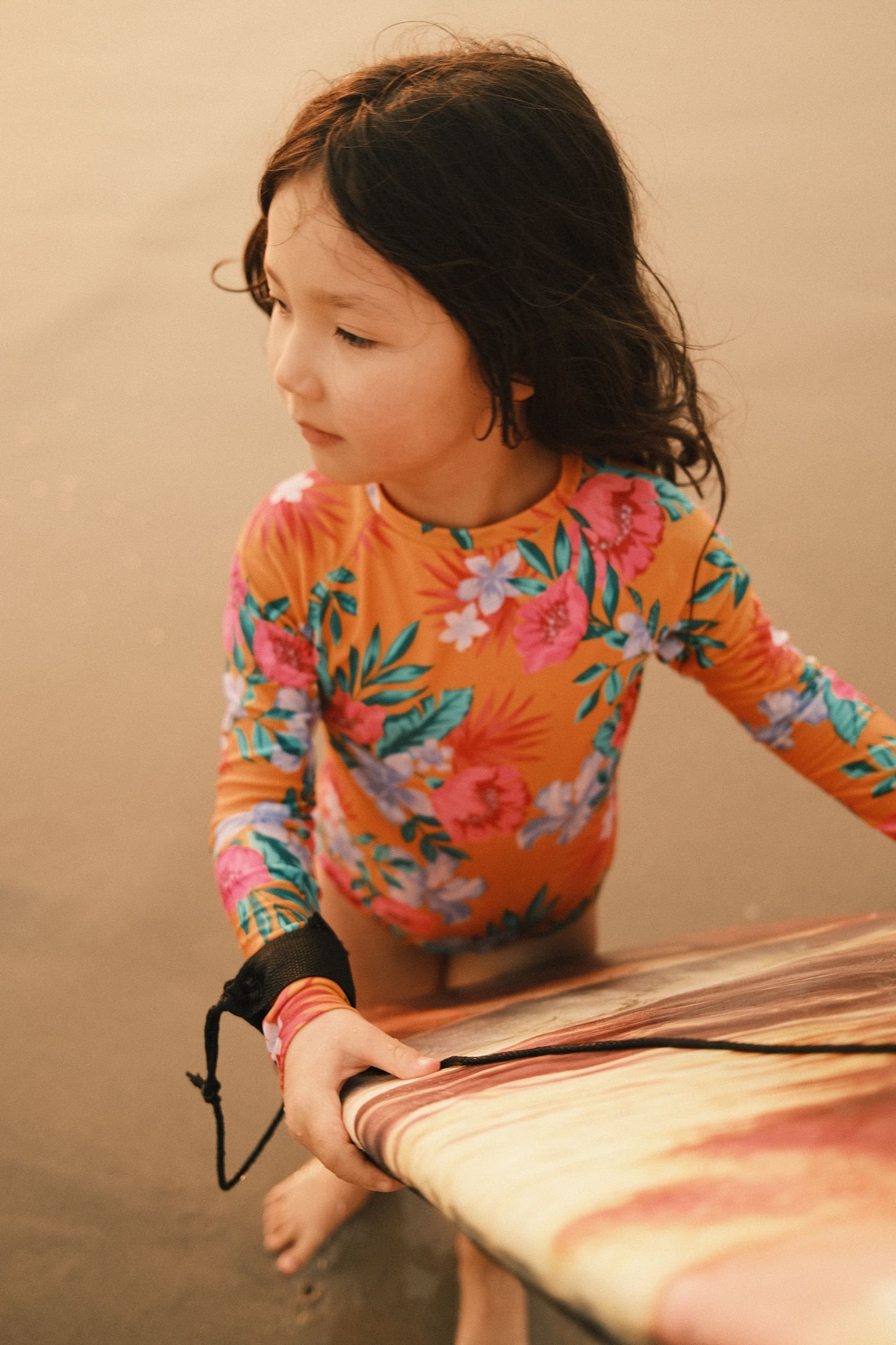
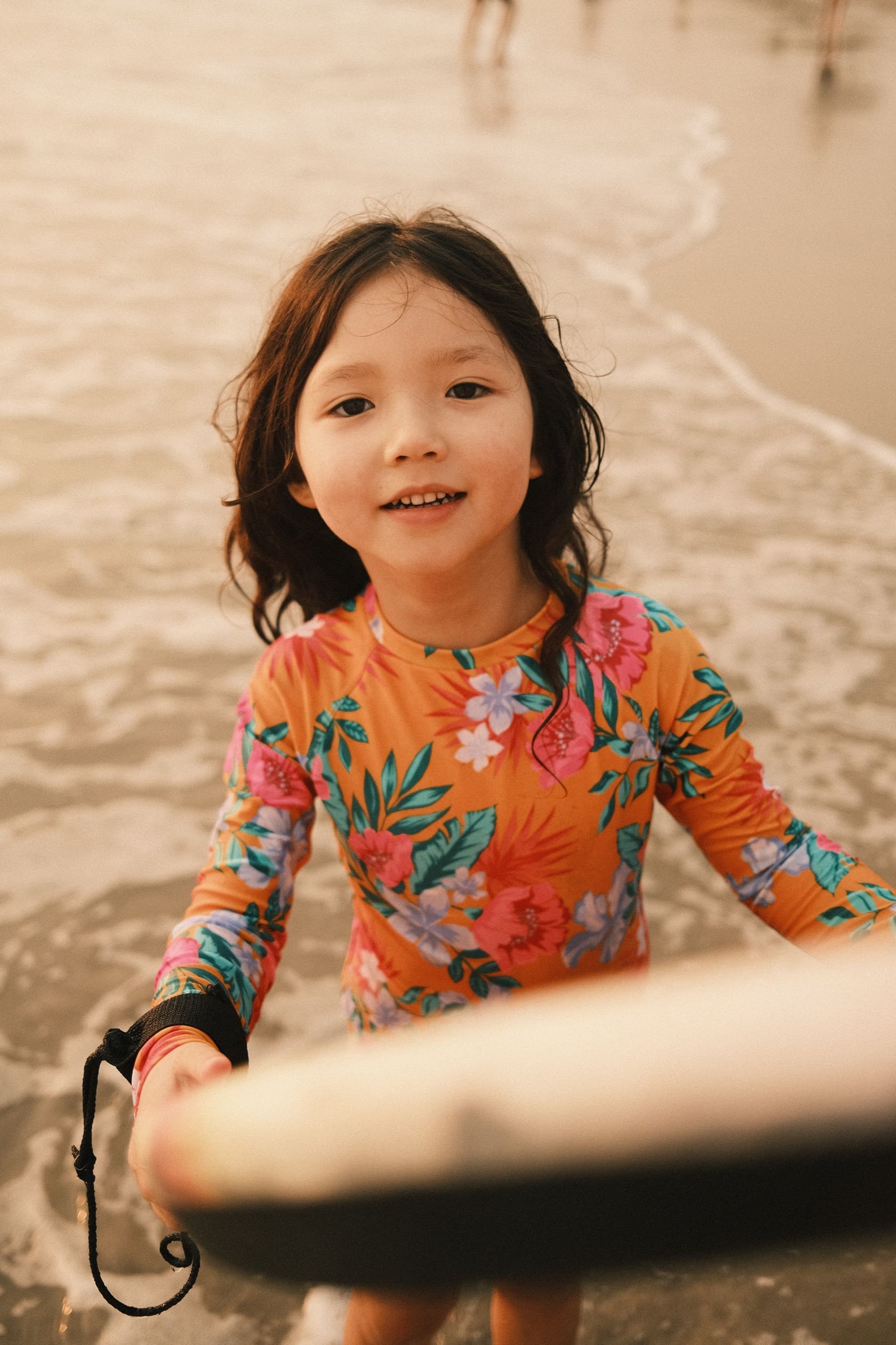
Changes To The Button Layout
Next, we have a reconfiguration of all the buttons. They moved the Q button and they got rid of the directional D-pad.

I don’t mind this change and I think it was a good move. By removing the D-Pad your entire thumb has a place to rest against the camera without any obstruction. It helps with the grip quite a bit, although I now use a Lensmate Thumbgrip.
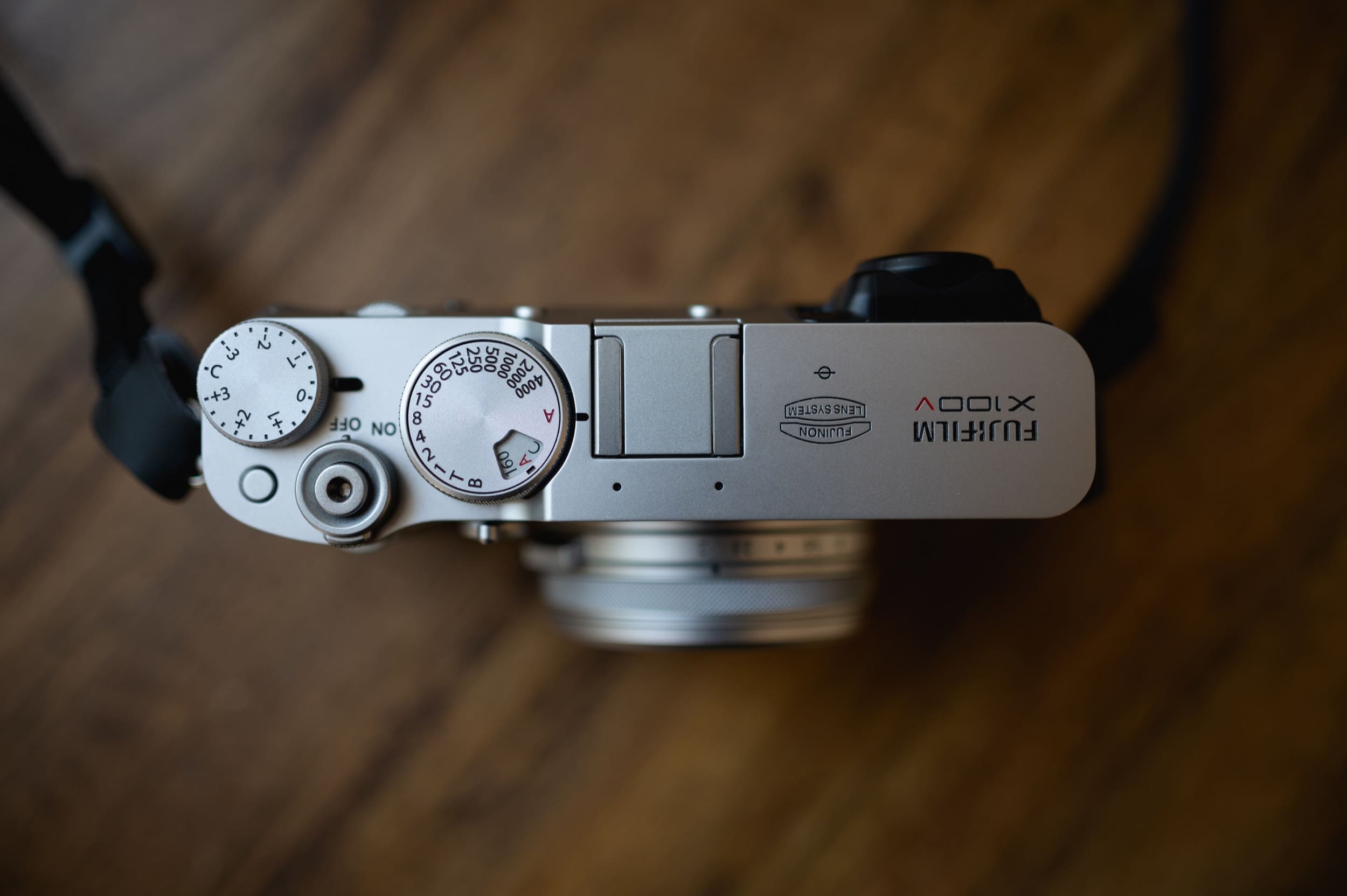
The more modern look I also think is cool. I’ve had the last two X100 cameras and it’s nice seeing something that feels new and different. Some people like the older look, but I don’t mind having looks shift over time.
The New Tilting LCD Screen
The new flip screen is very handy at times. If this came at the cost of thermal issues I don’t think it was worth it but the LCD screen sits flush against the body which looks great and you won’t even realize it’s a flip-out screen. They’ve also updated the resolution of the LCD to 1.62m-Dot compared to the older model which was only 1.04m-Dot. This is nice and as you guys know, I care a lot about the quality of the LCD screen, especially on a camera with such powerful in-camera processing tools. You need to be able to see what you’re doing as it allows you to catch mistakes.
New 4-Stop ND Filter
This is nice when using the camera outside with a flash. Because the camera has a leaf shutter you can get some crazy fast sync speeds. I found with the older Fujifilm X100 cameras, the 3-Stop ND filter sometimes wasn’t enough when shooting at f2 in the sun as your background with the flash lighting up the foreground. Sometimes the background was still a little too bright and having that extra stop here makes the camera a lot more useful.
It’s also really nice for landscape work.
Fun Features
The Film Simulators
The film simulators are one reason I could not own a Fujifilm. They’re just too good.
Today we have, Provia, Astia, Classic Chrome, Pro Neg, Std Neg, Classic Neg, B&W, Eterna, and Velvia.
Then with the new Color Chrome and Color Chrome FX Blue, mixed with some Clarity, some of the older looks can now have so much more vibe.
This is a straight-out-of-camera sample of Astia.
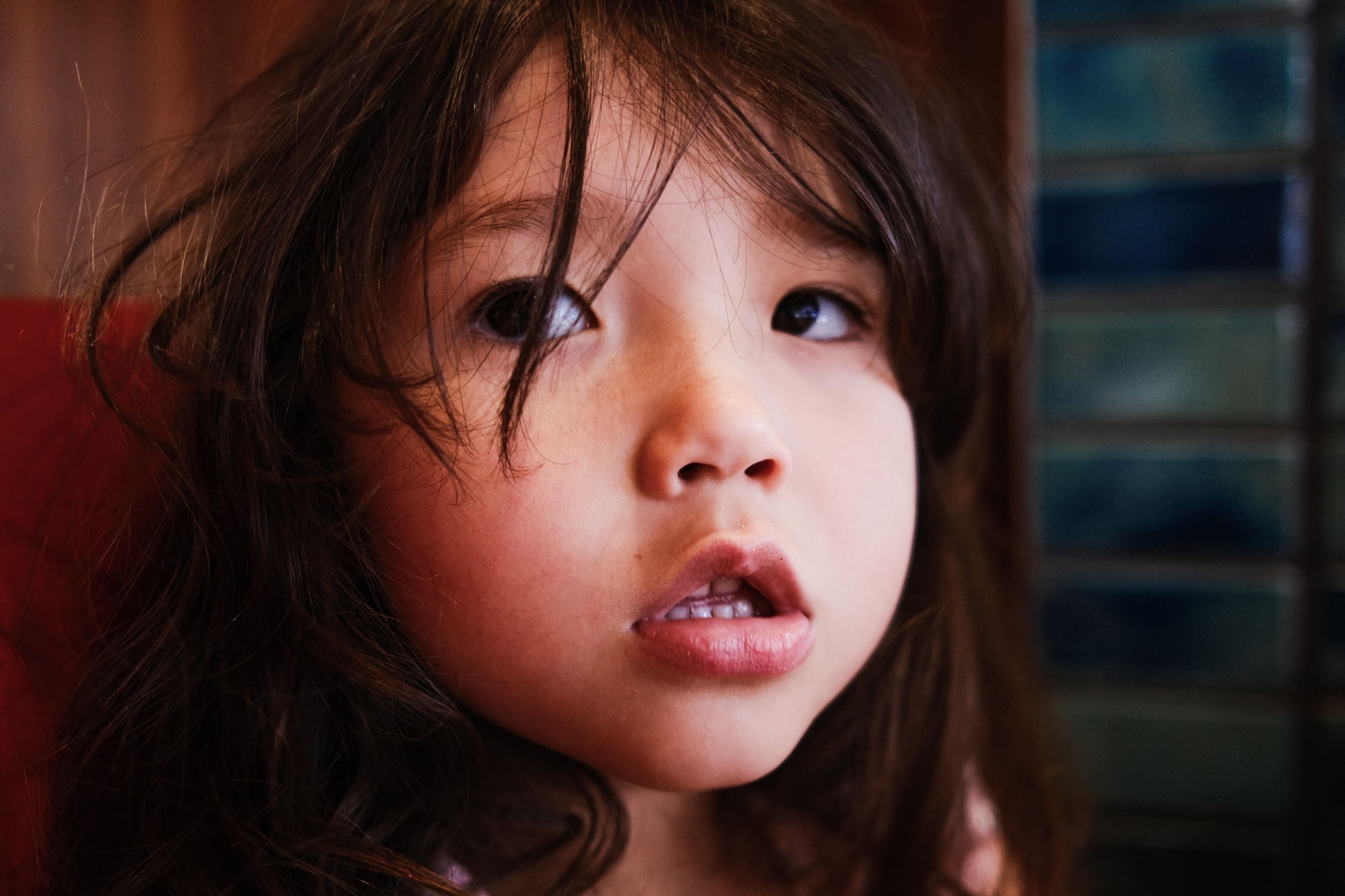
This is what Classic Chrome can look like with a warm WB shift, straight out of the camera. No editing is required.
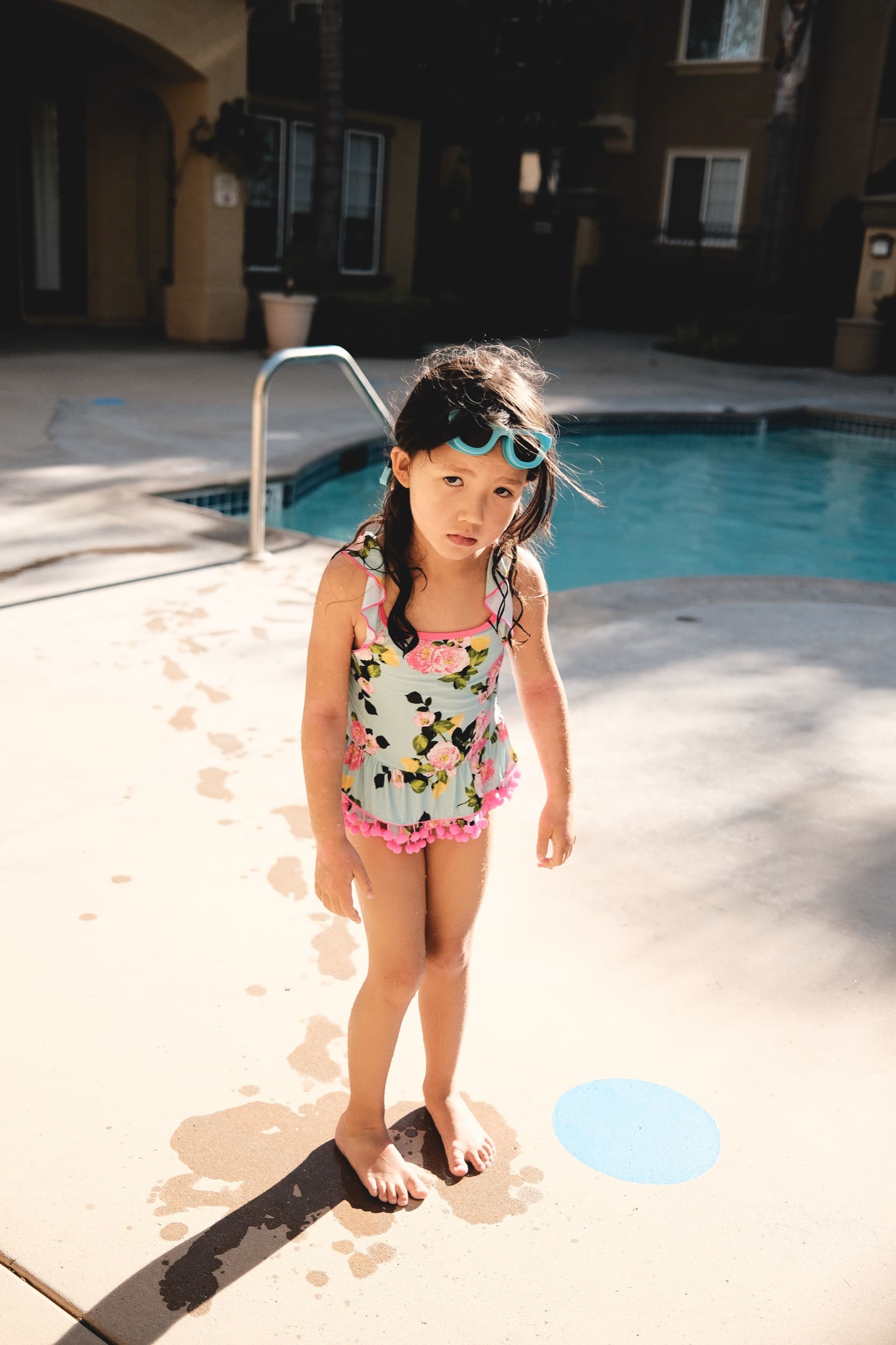
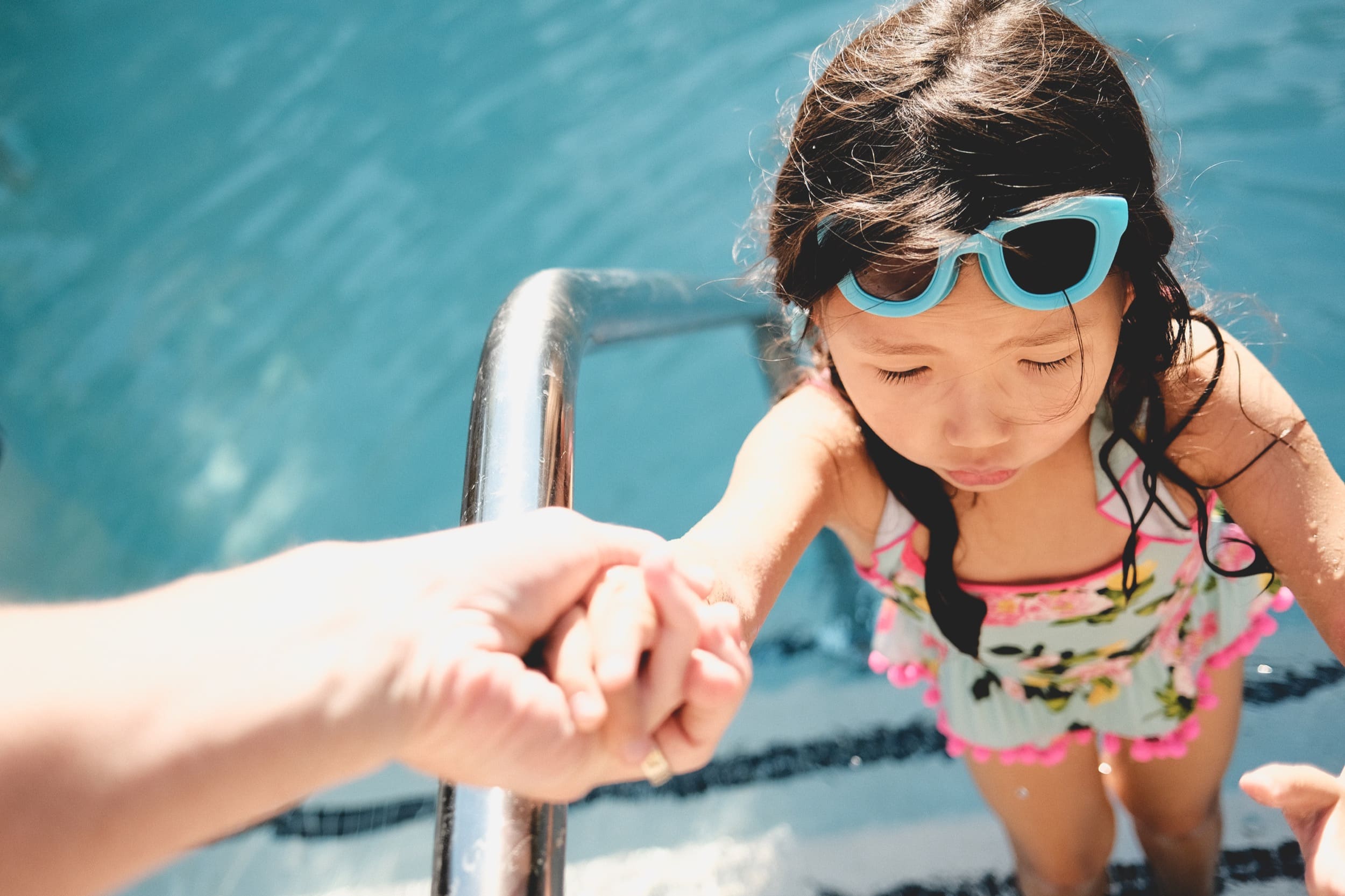
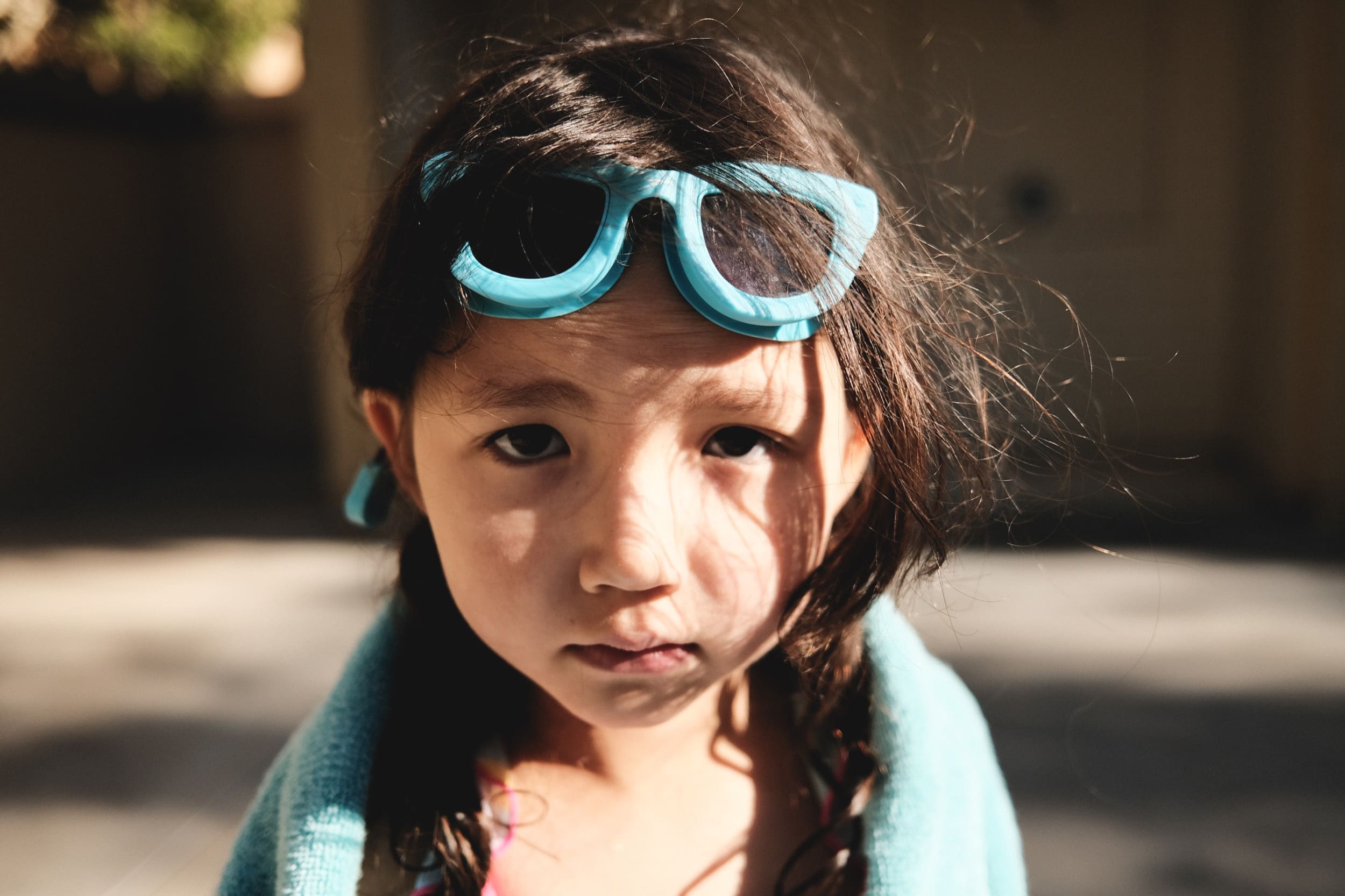
Flash & ND
A lot of people sort of skip over the fact that the X100V has a leaf shutter. It’s not the only camera with a leaf shutter, my Panasonic LX100 II also has one, but it’s still a very rare feature.
What the leaf shutter means is you can get flash sync speeds with the mechanical shutter for up to 1/4000 seconds.
Why is that important? Because it allows you to control the exposure of the background on bright sunny days while using the flash to light up the foreground.
Pair that with the built-in ND filter and you can get a nice balance of outdoor flash-lit photography and it looks cool. I’m constantly using my flash with this camera when shooting outside. I’ve even set my FN1 button as my ND and the FN2 button as my flash controls so I can quickly adjust the ND and flash settings.
It makes the X100V a very unique camera because it can do this one thing that no other camera can easily or quickly do.
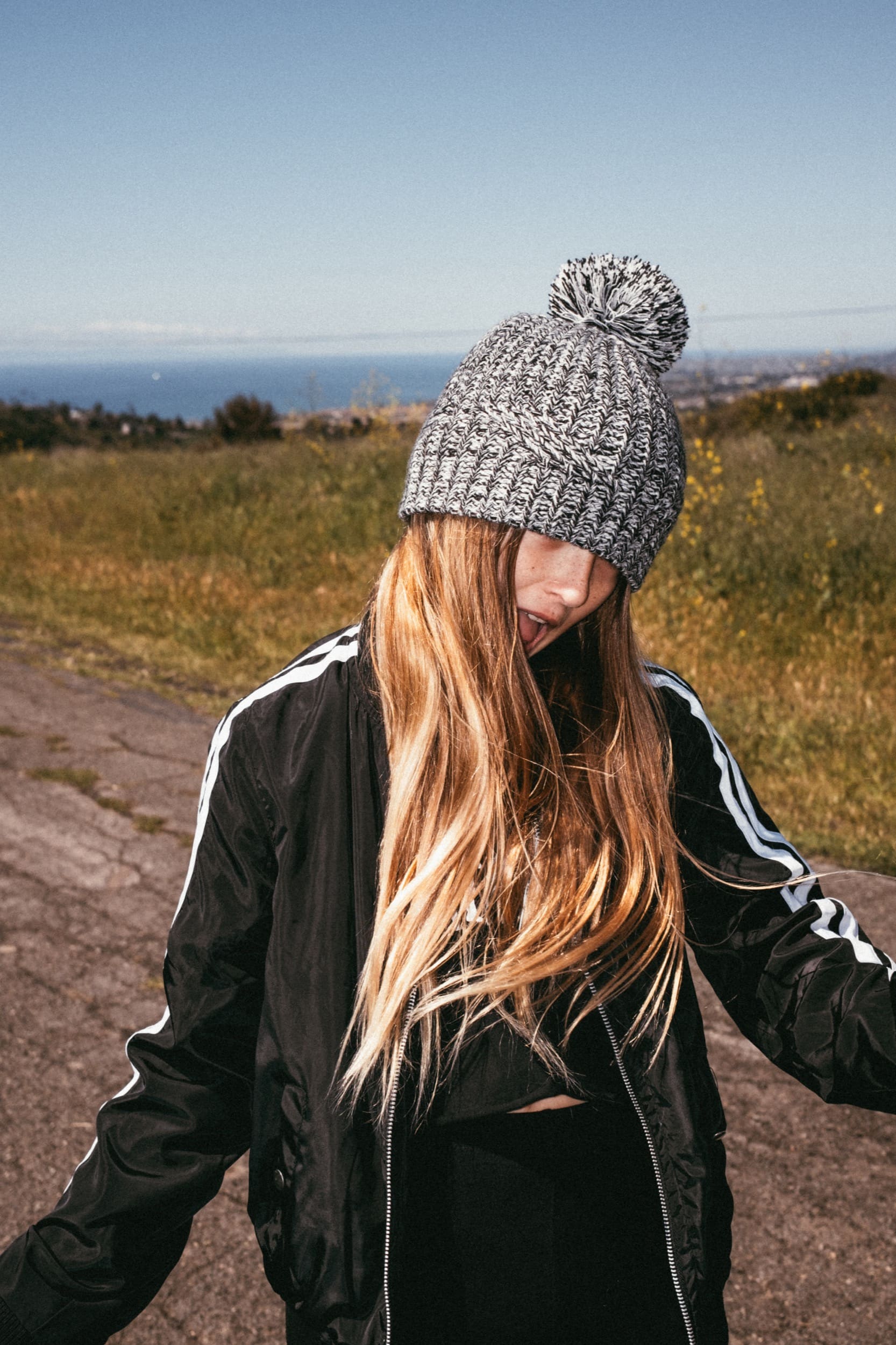
These were RAW and colored manually using the flash.
Fuji X100V Review Bottom Line
These two shots have a -1 Clarity and I lifted the blacks with a curve in LR. I believe these were Classic Neg.
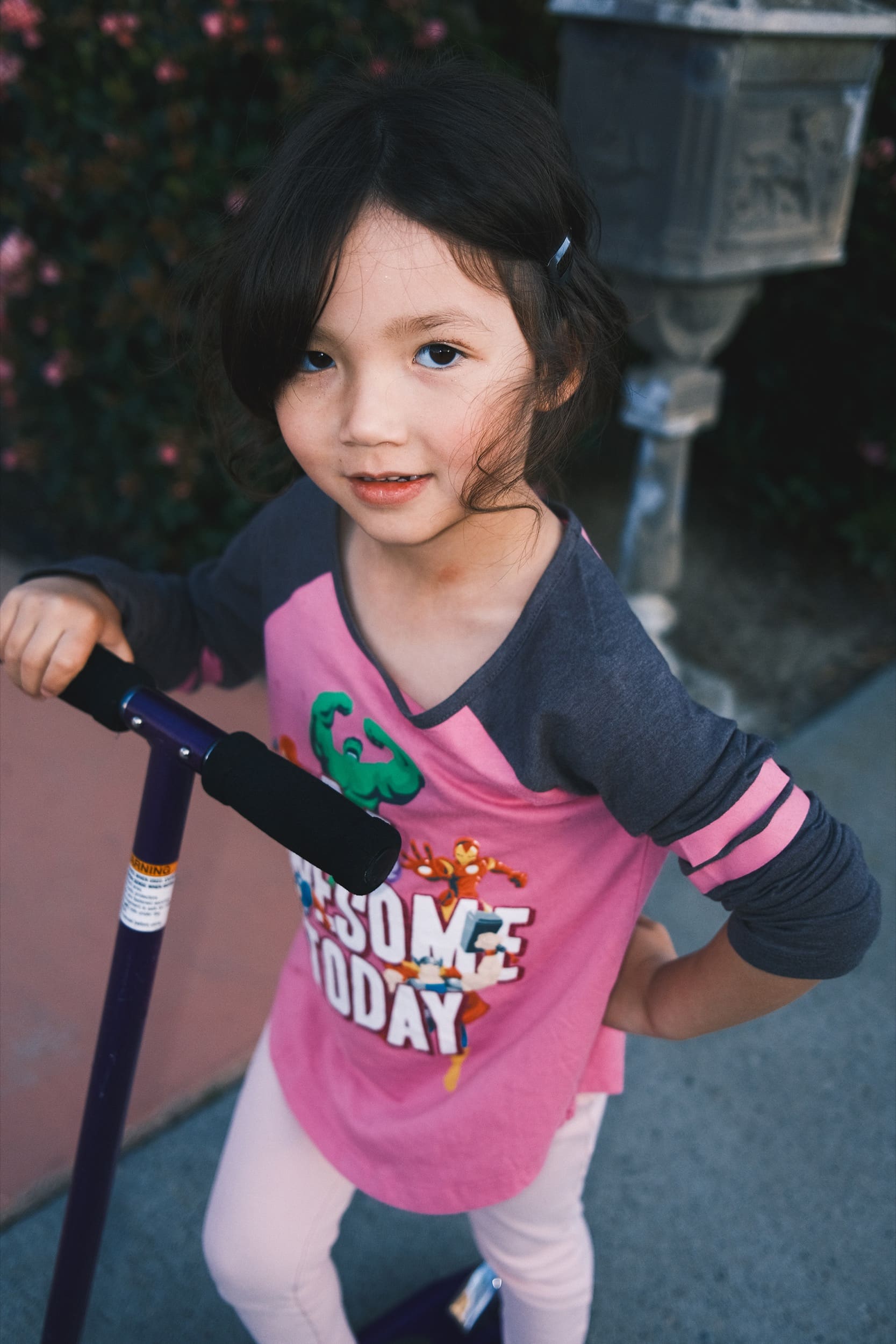
If you don’t have an X100 of any type already, this camera will blow you away. It’s just awesome! There is so much to learn with it and explore (in a good way), it will change photography for you and the capabilities are insane.
If you shoot RAW and are pretty happy with your X100F and live in a place that doesn’t rain a lot, you might not even notice this is a different camera, aside from the aesthetics and new design features. There are some improvements to the sensor that help but that sensor upgrade is not that big of a deal. However, you will notice the improved sharpness at close focus on the new lens.
If you want a faster-focusing camera that has good tracking, this is not it and you’ll likely have to wait for the next generation or hope some cool firmware comes along.
If you love the JPG features of the camera, shoot a lot of close-focus photography in the rain need a flip screen, and have tiny little nimble fingers that allow you to open it without issues, this is a great upgrade.
I like the new film simulators and JPG tools and this is exciting for me. I now have a camera where I can do some basic editing inside the camera from my RAWs and then throw them on my smartphone for quick sharing. This alone is a big upgrade for me because of all the new tools. The JPG tools and profiles on the X100F were still pretty limited and now the X100V is much more powerful for processing and tuning looks.
To sum it up, the camera looks awesome, is super fun to use, and is now a lot more versatile. If you’re just shooting RAW, and are hoping for a faster more responsive camera, this is not there yet but the improvements to the lens and the software engine are still very nice.
Wish List
I wish all modern cameras would pull themselves out of this pre-Internet mentality of having limited wifi controls and apps. Let me use my camera to connect to the Internet to at least download firmware upgrades. Better yet, let me connect to Dropbox or Google Photos. Seriously, TVs have been doing this for at least 5 years. Even refrigerators and microwaves do this now!
Having to use your phone as a middleman to the outside world in 2020 is sad and inexcusable and these camera companies should be embarrassed at how far behind they are in software features especially since smartphones are eating them alive.
I use my cameras less and less because smartphones are so good at this, and when my kids are doing something, the smartphone quality is good enough and getting better, but the convenience of sending photos around and sharing on Google Photos, or iCloud makes it harder and harder to use real cameras like this for on the go family photography.
Having to sync to some poorly designed Android or iPhone app is just such a bummer in 2020. Granted, the new Fujifilm app is a lot better than the old one.
Seriously, Fujifilm, if you can develop anti-viral meds that help fight off coronavirus, you can do this!
Something Better Than JPG – Canon and most smartphones are doing HEIC. I would love something a little better than JPG because I still do like to tune some of my JPGs for my posts here or on Instagram but I don’t want to lose the Fujifilm look by going to RAW. I know you can load the profiles in LR or Capture One, but they are not the same.
IBIS – As you can see, a lot of my shots are slightly soft not just from being out of focus but because of motion blur. Yes, even at 1/200 shutter. I used to be a snobby anti-ibis dude until I started noticing the results I was getting from the Nikon Z6. The thing is, everyone keeps telling you IBIS is great for getting 1-second exposures. No, IBIS is very powerful at making sure images are tack sharp even at 1/160 shutter. You will notice the benefits even at those faster shutter speeds, especially with these APS-C cameras that have such a tight pixel pitch. Fujifilm could have put an IBIS in this camera. If the GRIII did it with a 3-axis sensor, shift, Fujifilm could have done it here. But likely we’ll have to wait for the next model.
Again, it’s 2020, Fujifilm, please get up to date with modern technology and software. This means Internet connectivity for firmware updates, and the ability to sync with cloud photo apps.
Fuji X100V Further Reading
There are a lot of great tools and capabilities Fujifilm has given their products that often don’t get enough coverage. I’ve written a few articles that can help you get the maximum capabilities out of the system.
How To Improve Your AF – This is a quick guide on some of the features to help you get better AF out of the X100v. You can also use the AF Range Limiter.
X-RAW Studio Tutorial – This goes over the free software from Fujifilm called X-Raw Studio. You can use it to manage your custom JPG profiles. Or if you load it with some RAW files you can build and experiment with some new looks.
Fujifilm Recipes – Here is a quick guide on how to get the most out of your Fujifilm JPG Recipes. Including a few looks, I like to use.
Fujifilm Eterna Recipe – Here is a great Eterna Recipe I love using.
Fujifilm X100V Memory Card Recommendations – Use this guide to find the best memory cards for the X100v.
Fujifilm X100V My Favorite Accessories – Some of my favorite accessories.
Fujifilm X100V Review | Sample Images
Samples of RAW and JPG. Some of the portraits are with the -1 Clarity for the dreamy look.
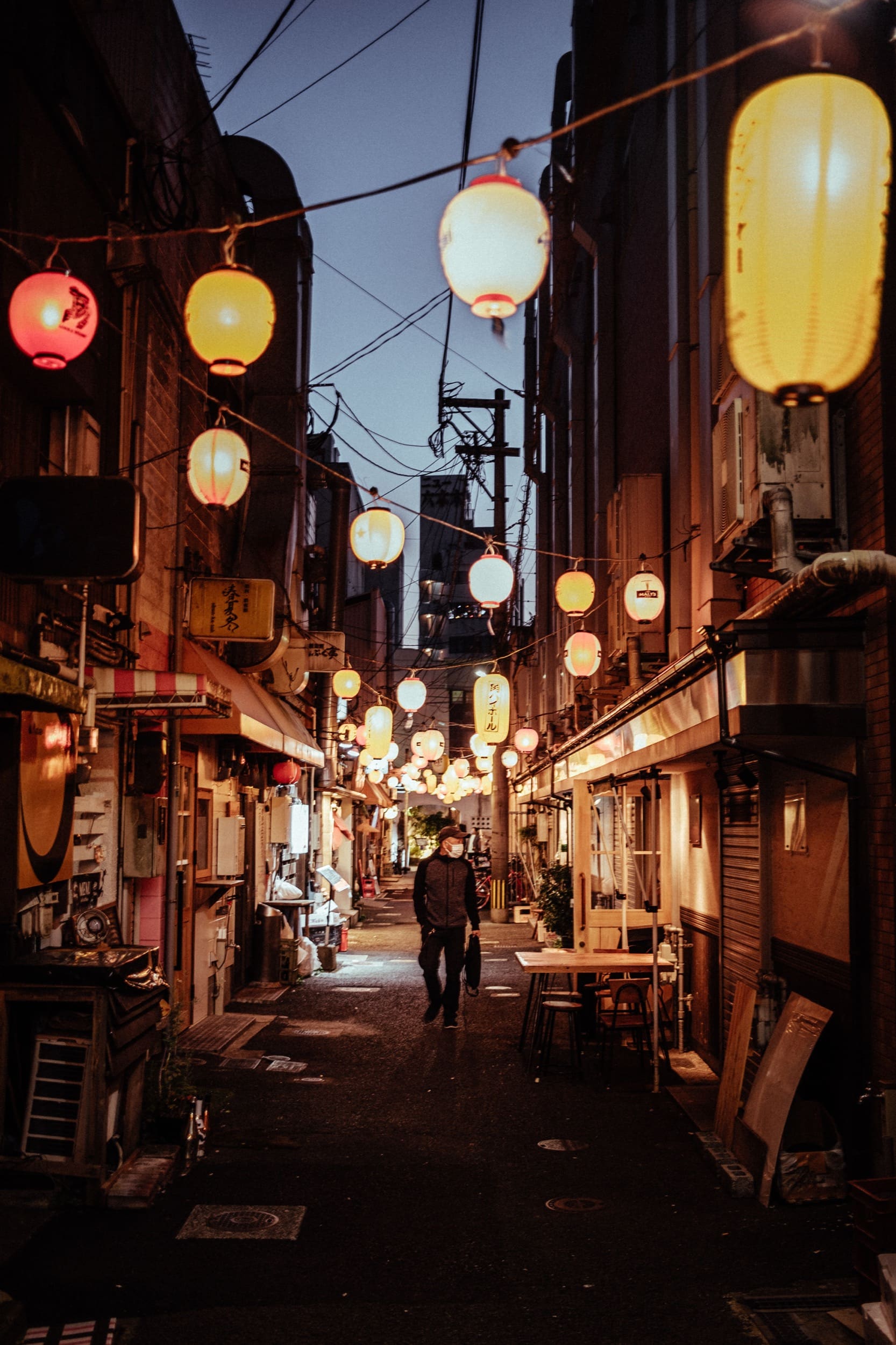
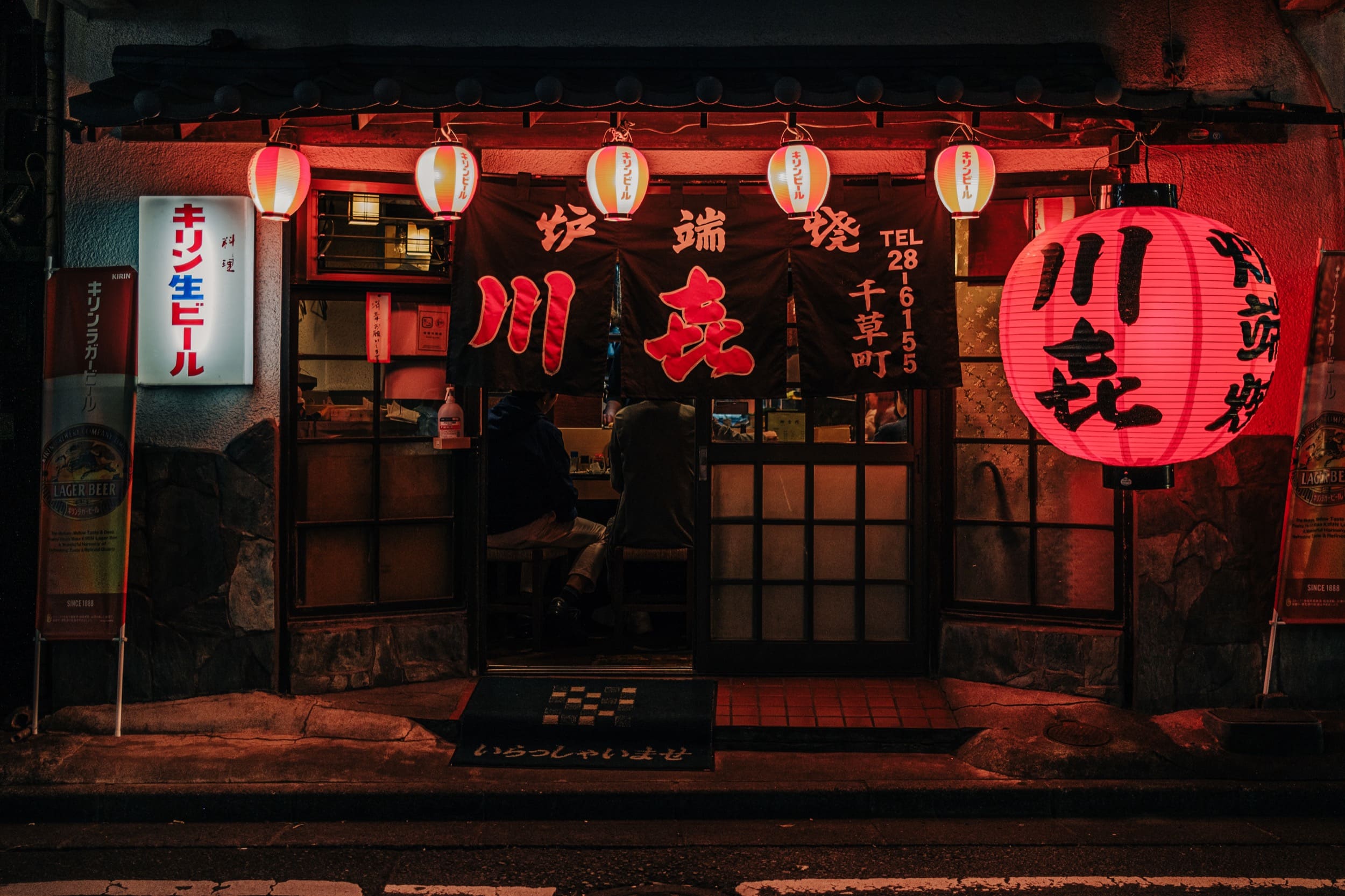
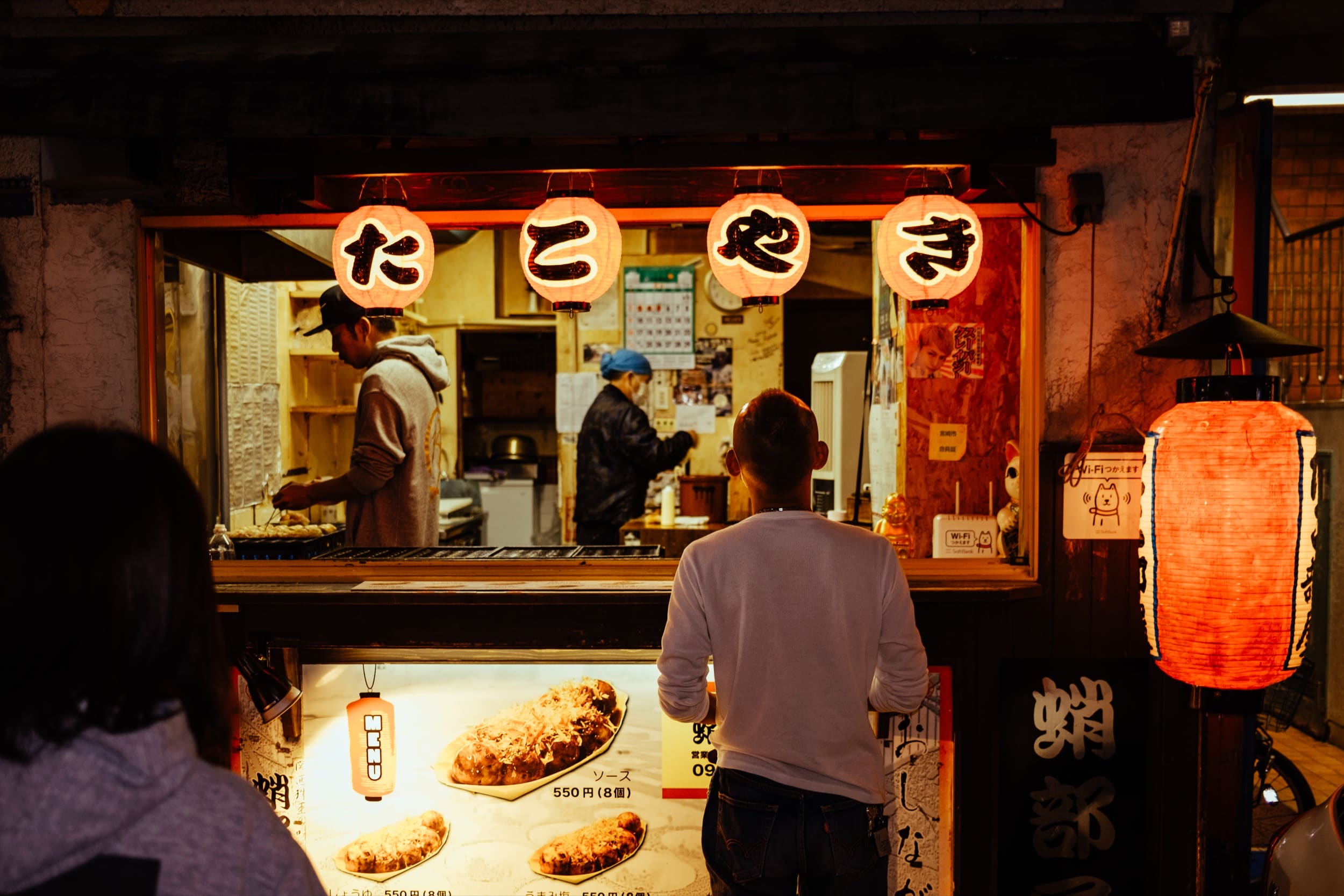
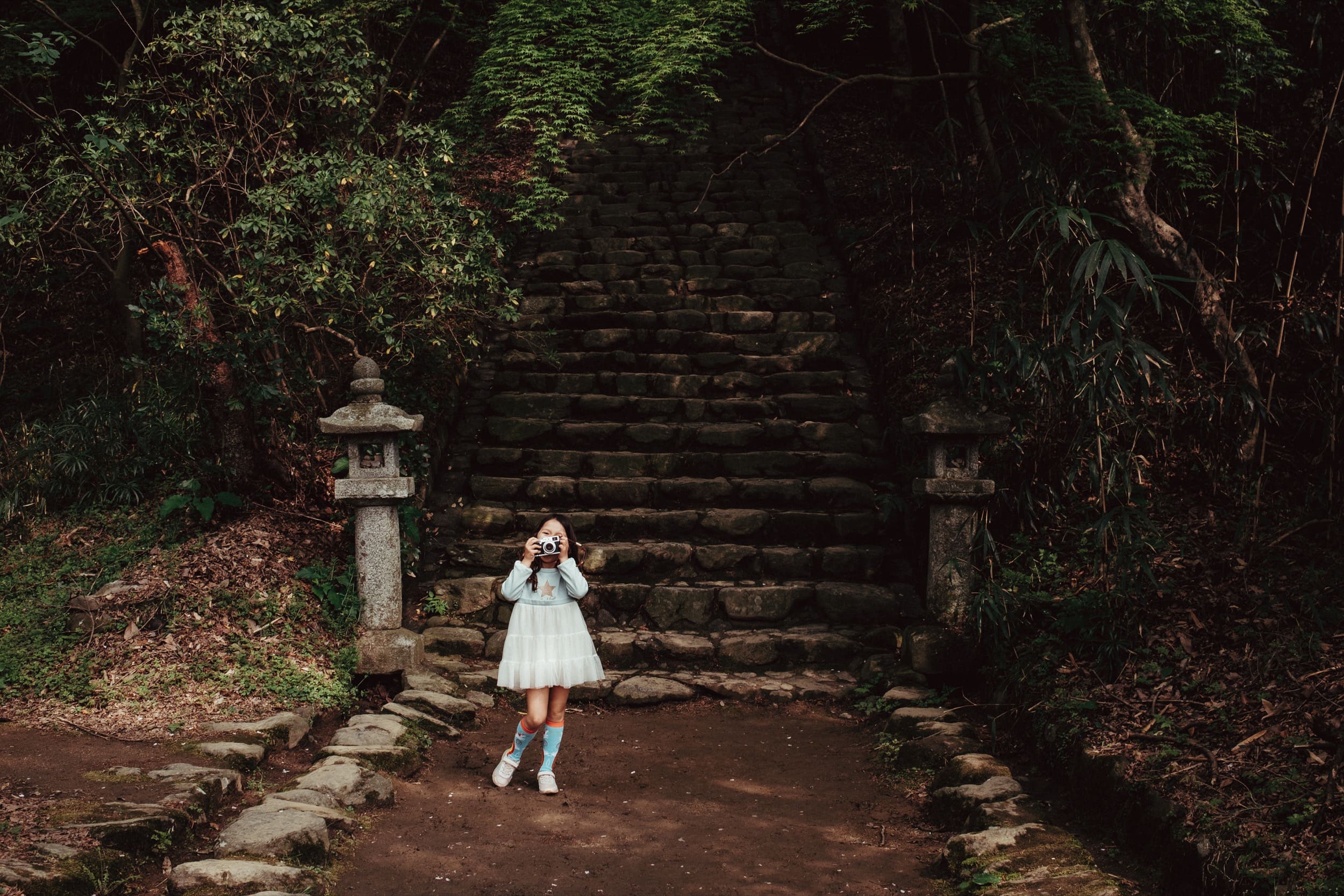
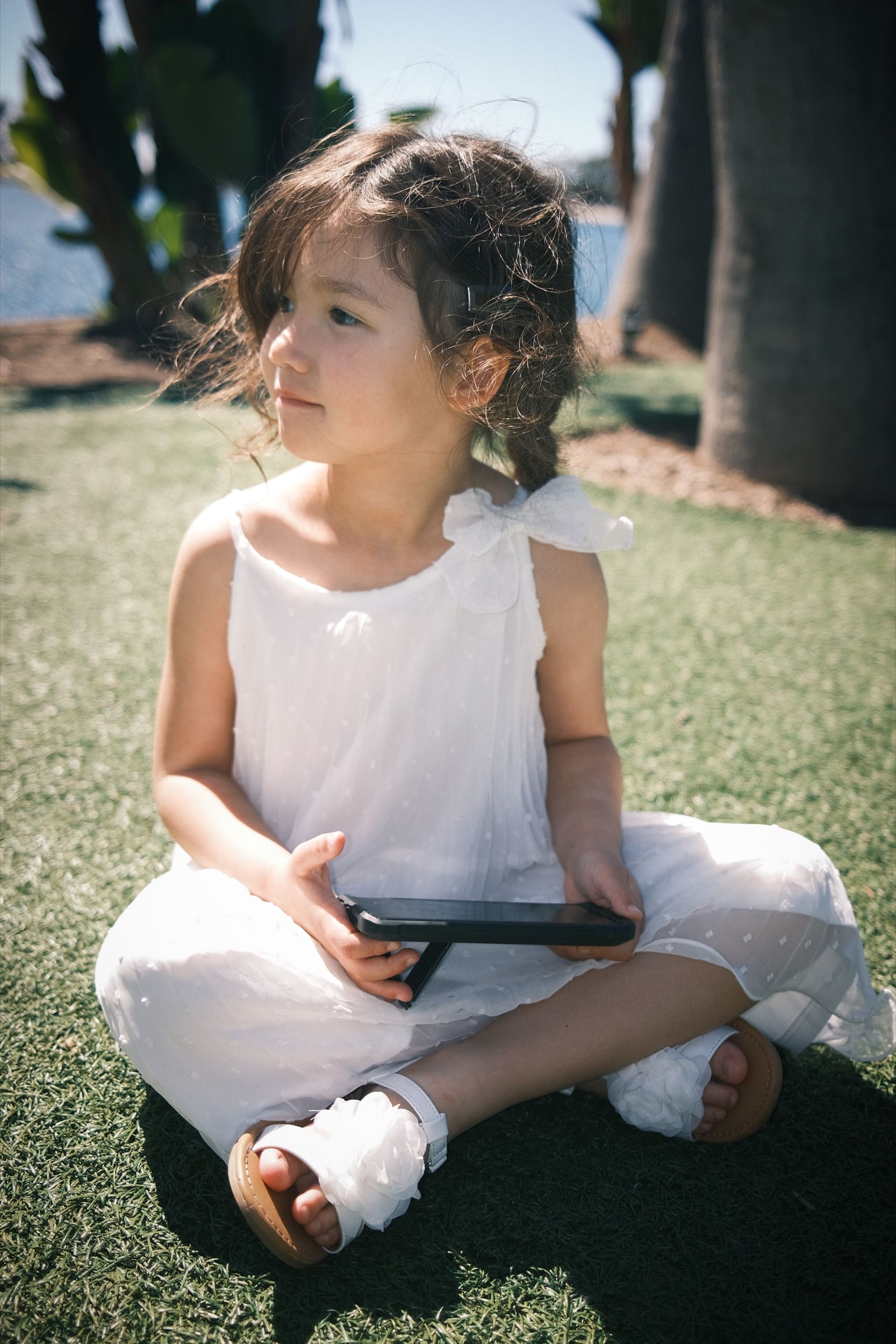
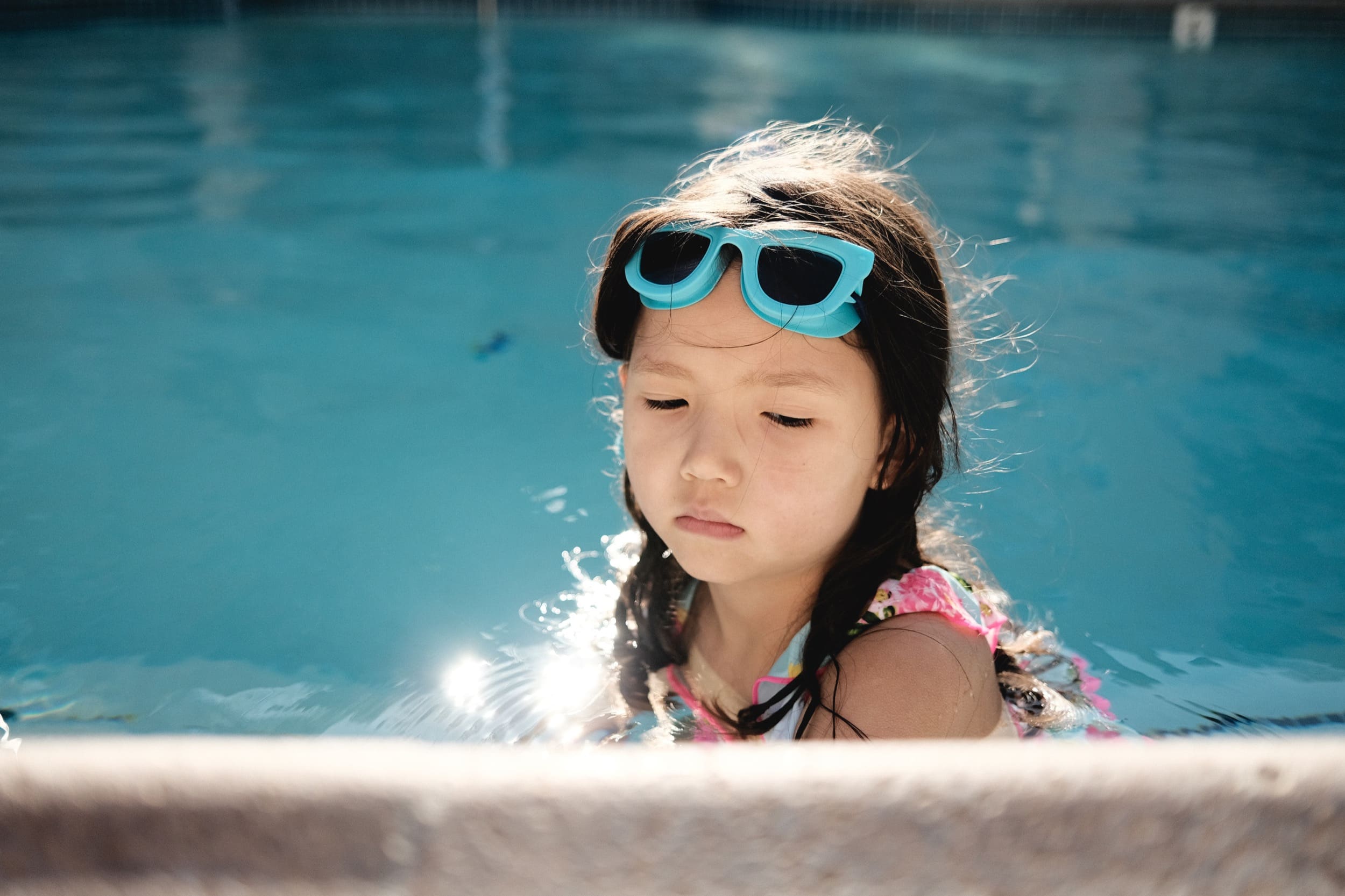


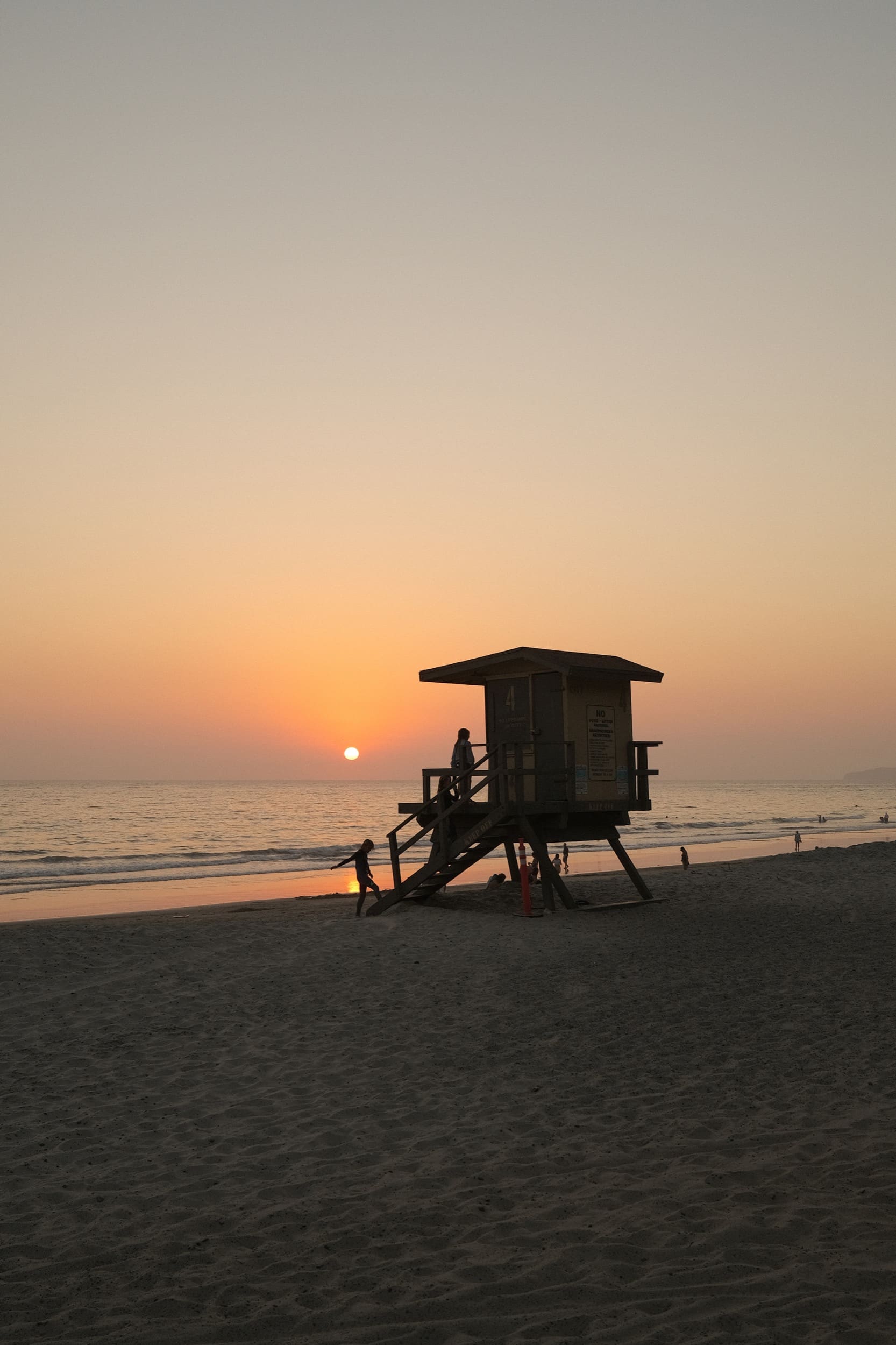
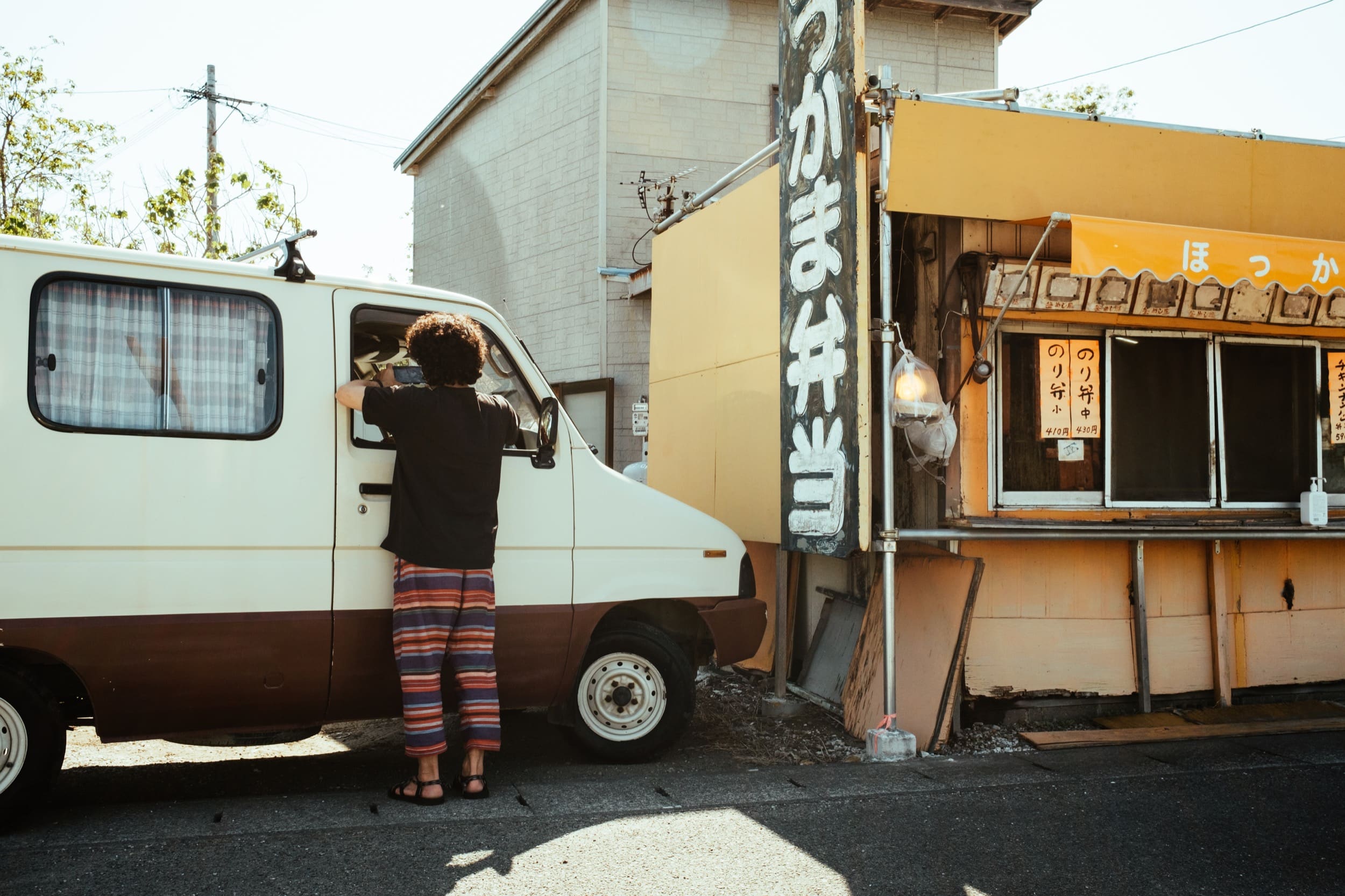
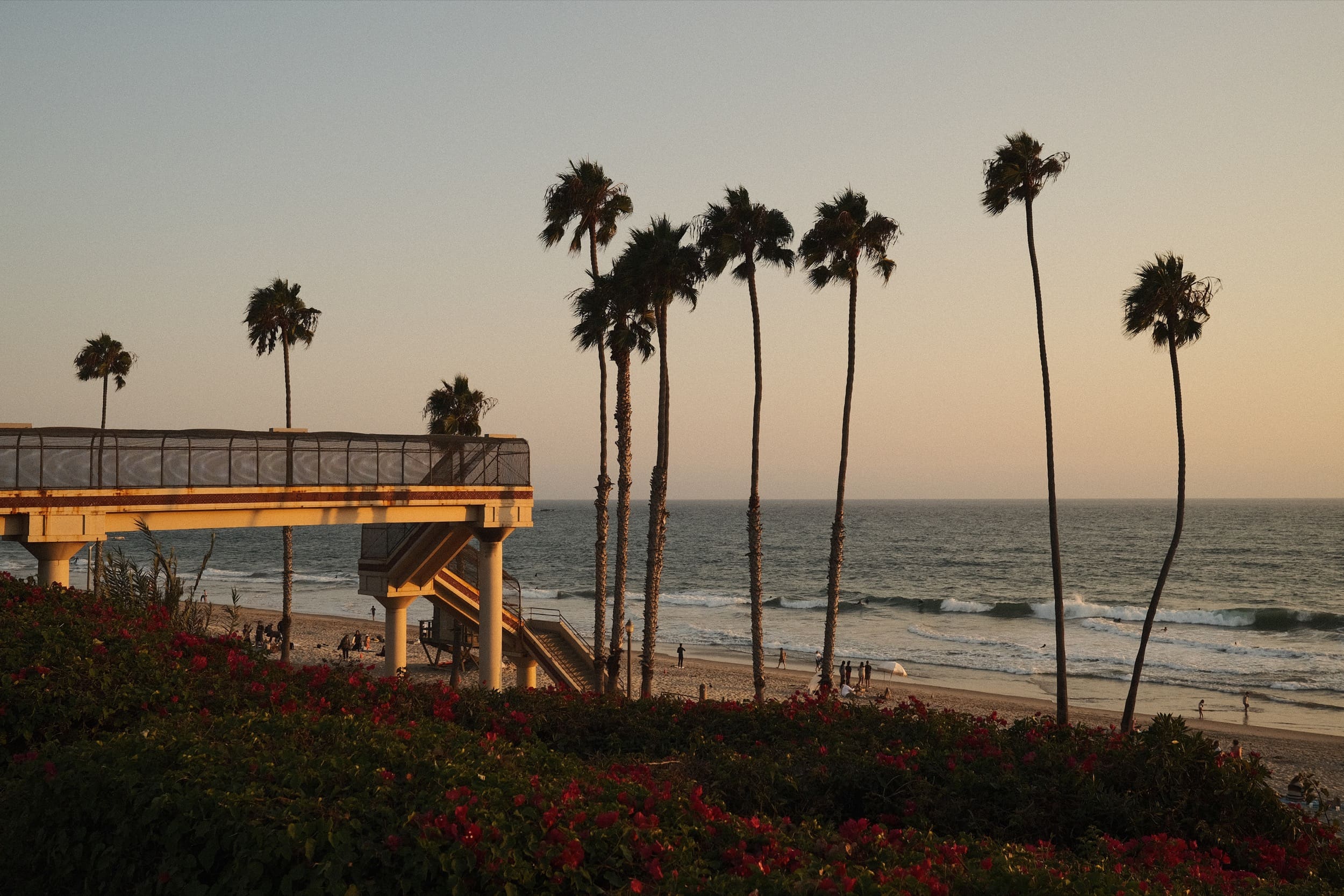
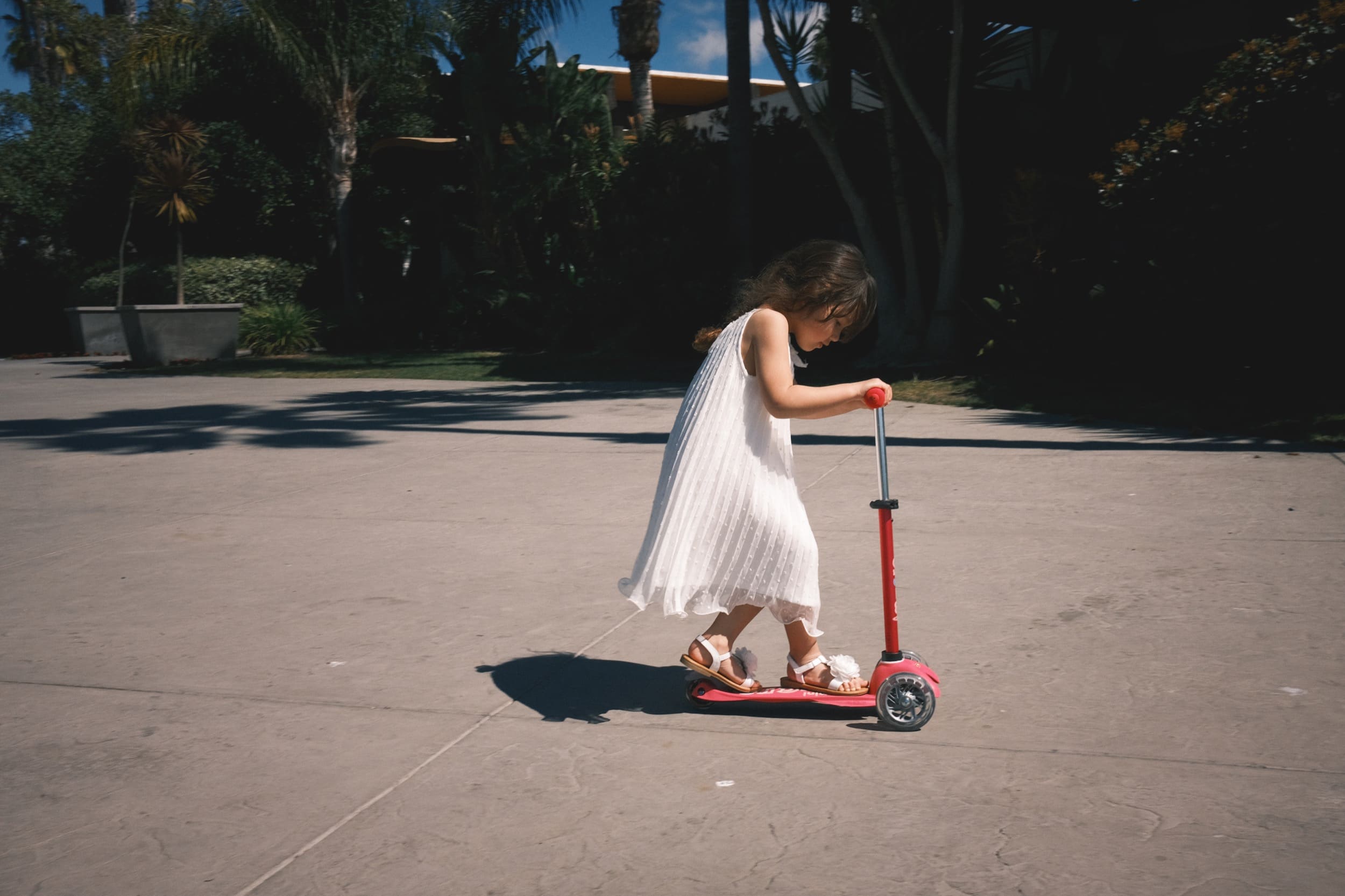
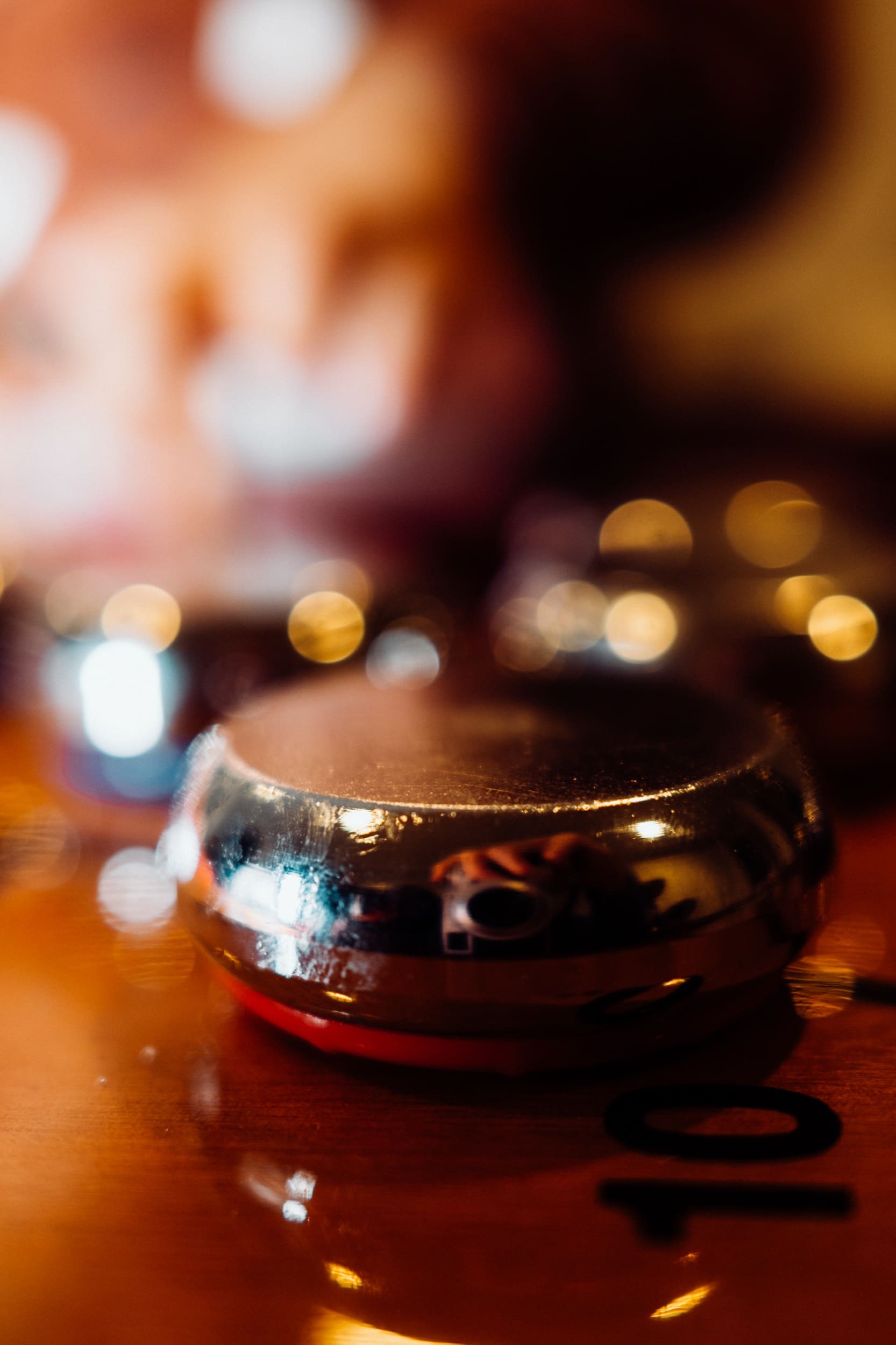
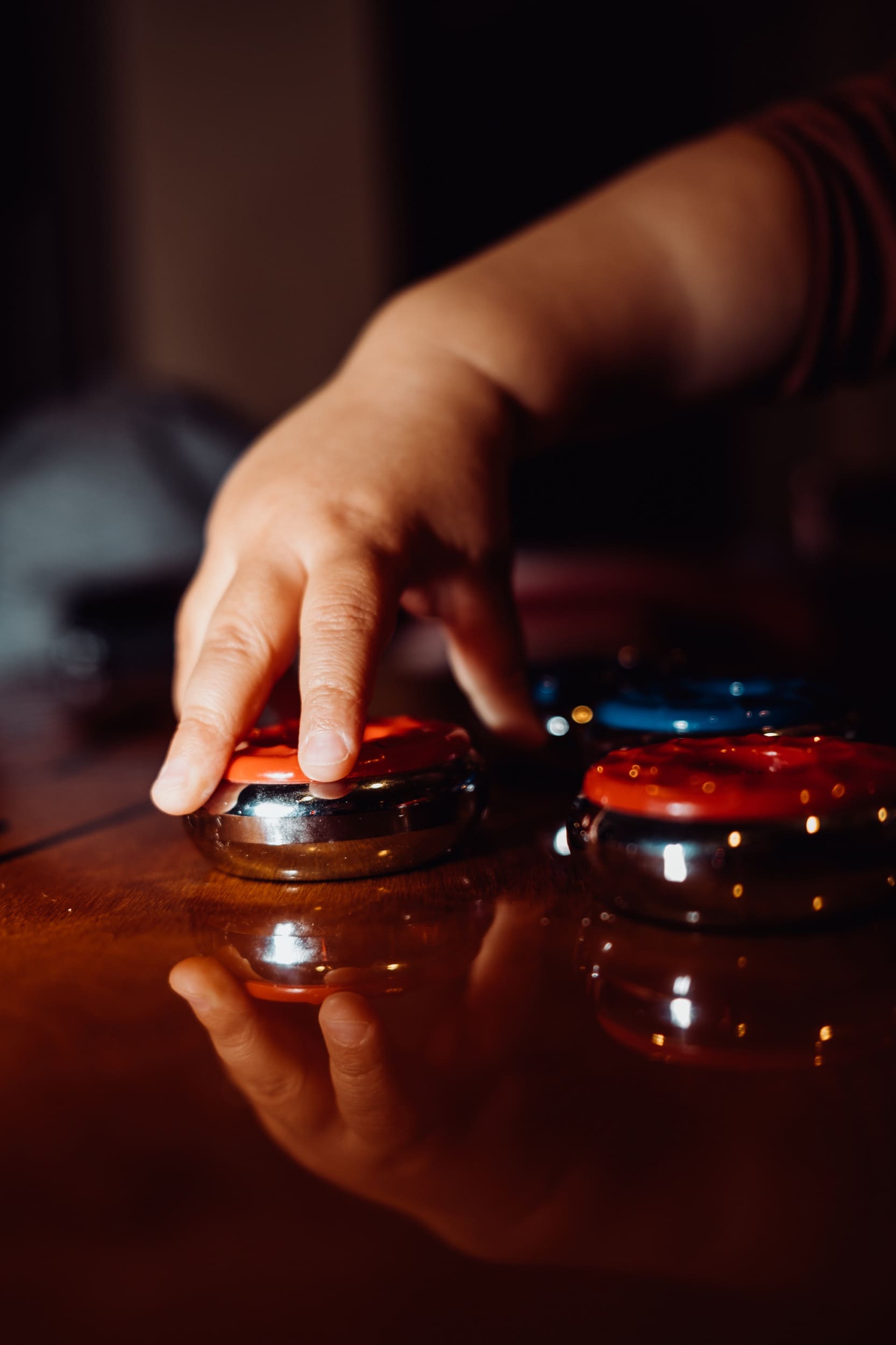
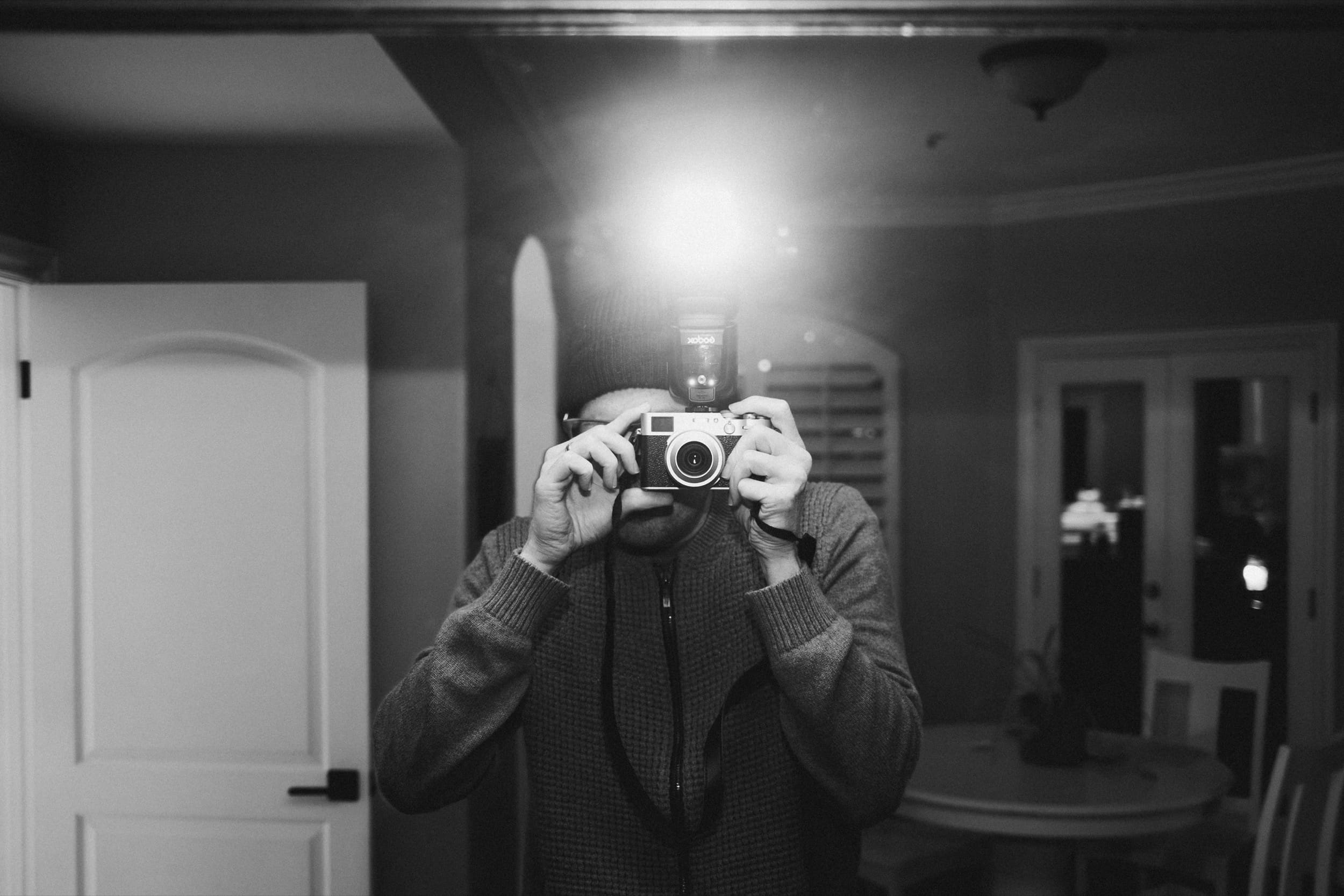

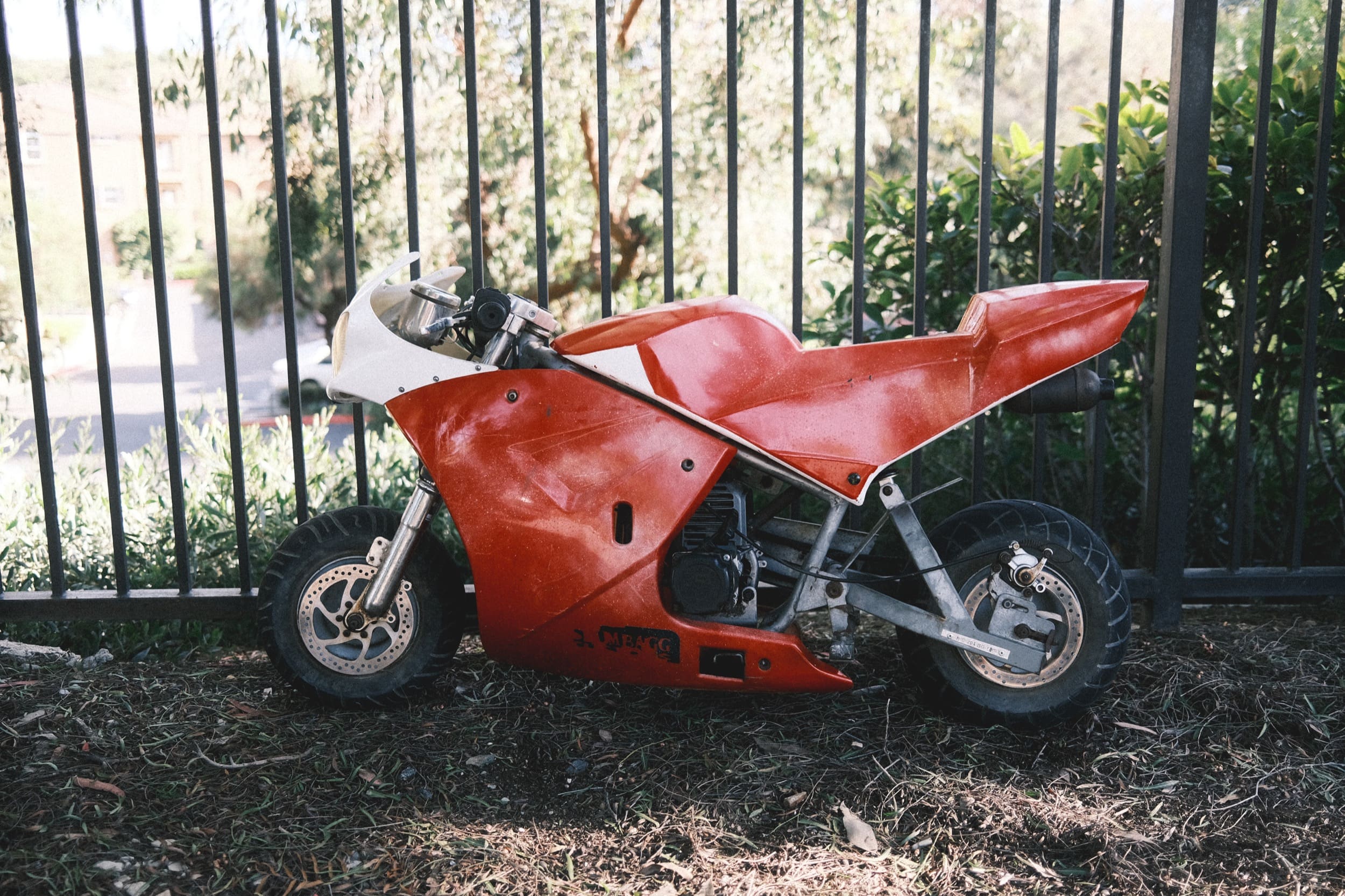
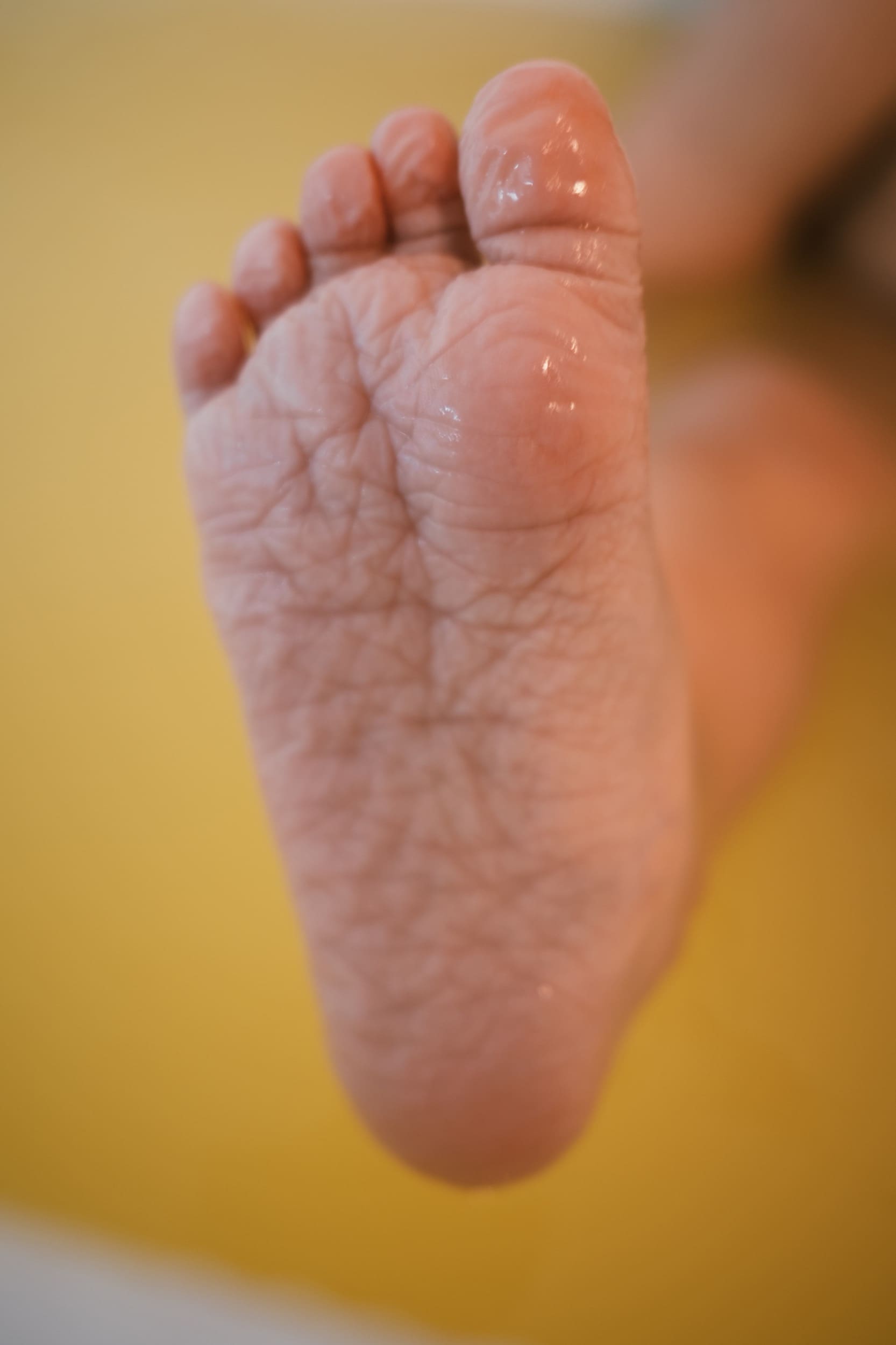
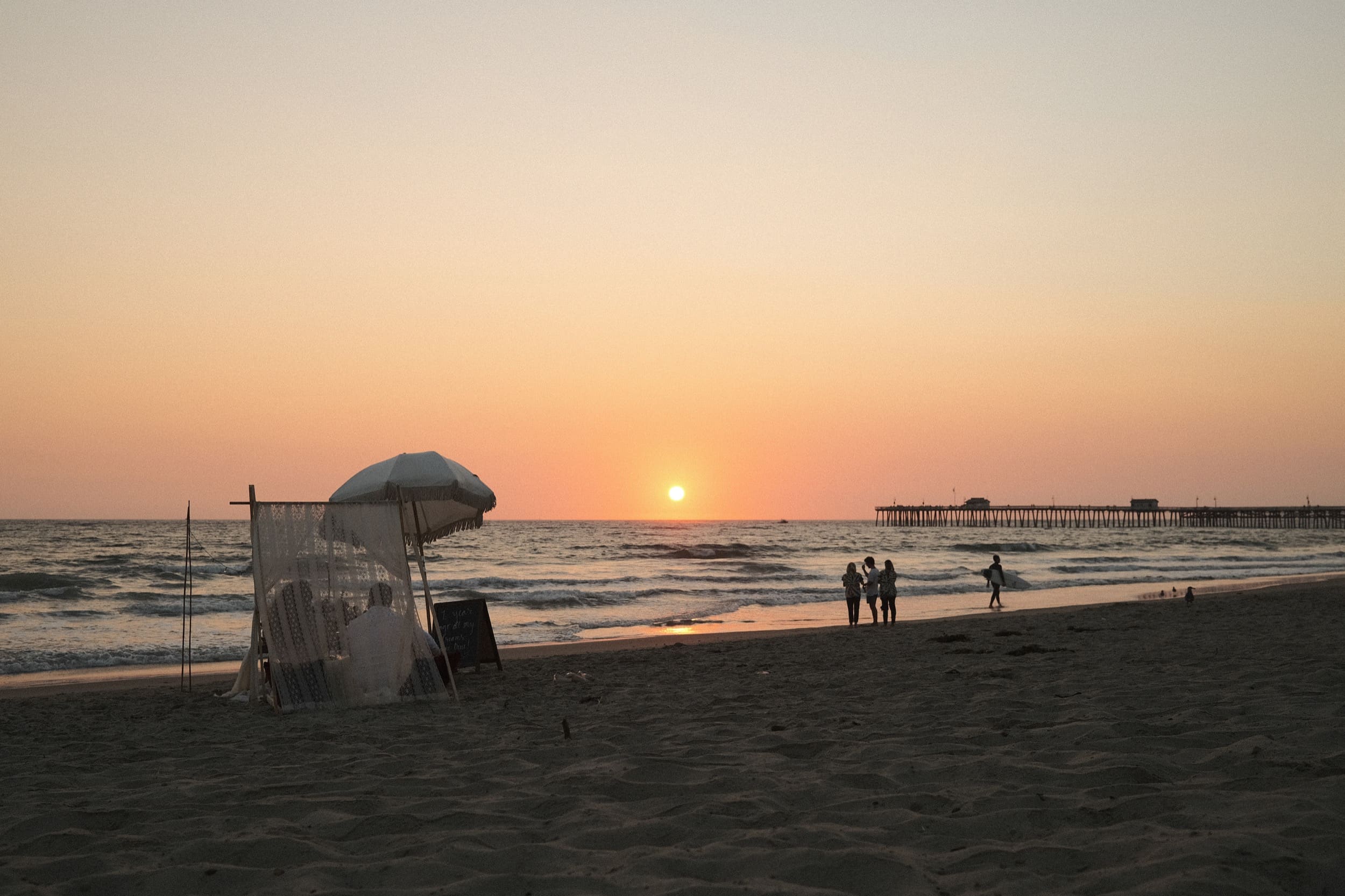
| **This website contains affiliate links. We will earn a small commission on purchases made through these links. Some of the links used in these articles will direct you to Amazon. As an Amazon Associate, I earn from qualifying purchases. |

